European fireball network
Long-term experiment for systematic instrumental recording of bolides
Author: Pavel Spurný
Research of bolides is a scientific field that has a very long tradition in the Czech Republic, even it can be said that it was founded by Dr. Zdeněk Ceplecha, not only in our country, but worldwide, and we have been achieving many very significant results in it for a long time. The aim of bolide research is the meteoroids that cause the bolide phenomenon when passing through the atmosphere. These are tiny bodies in the Solar System originating from comets and asteroids. They are so small that it is not yet possible to observe them individually in reflected light in orbits around the Sun, with very rare exceptions, but only for a very short time before colliding with the Earth. Thus, the only way we can study them more thoroughly is during the brief moment of their collision with the Earth, when they flash in the atmosphere and produce a meteor phenomenon, which in the case of bright phenomena we call a bolide. By properly recording these brief atmospheric phenomena, we can accurately determine both the orbits in the atmosphere and the original paths of meteoroids in the Solar System, and from this infer their genetic relationship to their parent bodies. In addition, however, we are also able to determine data on their structure and composition, which can again be applied to their parent bodies. In the rare cases where part of the parent body survives the passage through the atmosphere and hits the Earth’s surface as a meteorite, it is even possible to analyse this material in the laboratory. These are the most valuable cases of instrumentally observed meteorite falls, the so-called pedigree meteorites, i.e. meteorites with a known precipitation path in the Solar System. The importance of studying small Solar System bodies is illustrated, for example, by the launch of several expensive spacecraft to comets and asteroids in recent years. However, the study of bolide objects can provide data on a much larger number of these bodies. Moreover, during the passage of large meteoroids through the atmosphere, we can study in detail the processes that accompany the passage of such a body and use this to theoretically describe the course and possible consequences of catastrophic collisions with even much larger bodies.
For this reason we have created a large observing system, the European fireball network (EN), the center of which is the Czech Republic, but special instruments for observing bolides are also deployed in other countries, mainly in Central and Western Europe. The coordination of this network, as well as the processing of all observed data, has been carried out throughout its existence at the Astronomical Institute of the Czech Academy of Sciences (CAS) in Ondřejov. Since the very beginning in 1963, we have been continuously developing this long-term experiment (see description below) in accordance with the current technical possibilities so that the data we obtain about the bolide are as detailed, complete and accurate as possible. At the same time, we are continuously developing our own methods of processing and interpreting these data obtained by our own means. This has given us a privileged position in this field of astronomy on a global scale for many decades.
Below is a brief description of how this European fireball network experiment started and developed in our country, and then a more detailed description of its current status.
1. History
A major milestone for the establishment of the fireball network in our territory (and also in the world) was the photographic recording of the first meteorite with a pedigree (i.e. with a known origin in the Solar System), the so-called Příbram meteorites of 7 April 1959. It was the result of the then only two-station photographic monitoring of meteors, which was carried out since 1951 in Ondřejov and at the time of the bolide flyover at the second station in the village Sedlec-Prčice. The bolide flew so well that although it was not a full-sky observation at that time, it was well recorded by cameras at both stations (Figure 1) and thanks to the brilliant processing of these records, especially by Dr. Zdeněk Ceplecha (Figure 2), it was also described very thoroughly and accurately. When 4 meteorites were found in addition to this detailed description (Figure 3), this important world first was found. It was the first time in the world that mankind had possessed an extraterrestrial rock and knew its origin.
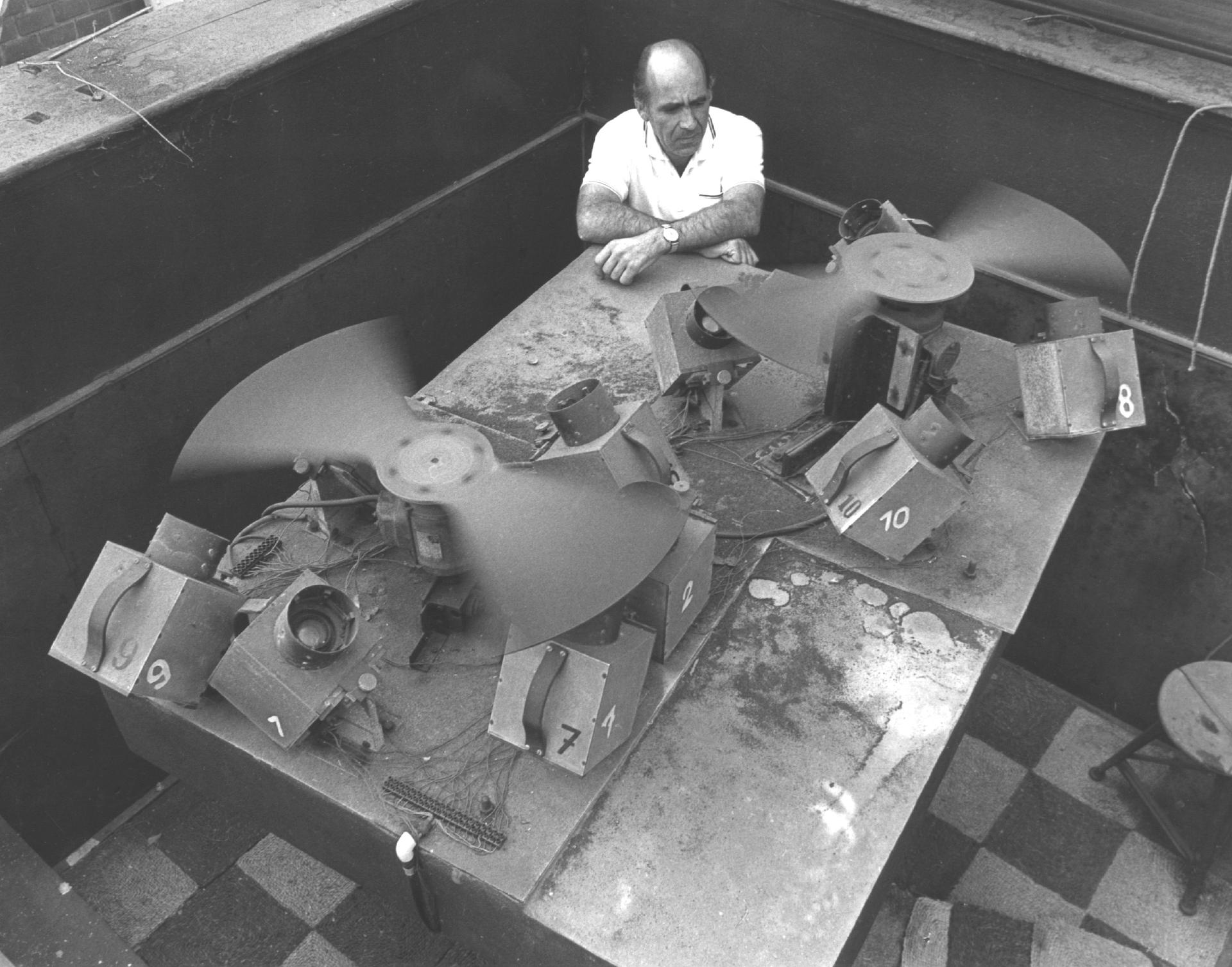
Figure 1. A battery of ten photographic cameras in Ondřejov, some of which captured the passage of the Příbram bolide. Above the cameras are two sectors used to determine the speed of the bolide. The picture also shows the observer Miroslav Novák, who operated the cameras for a long time (until 1993), however, at the time of the Příbram bolide it was only his sixth night of observation.
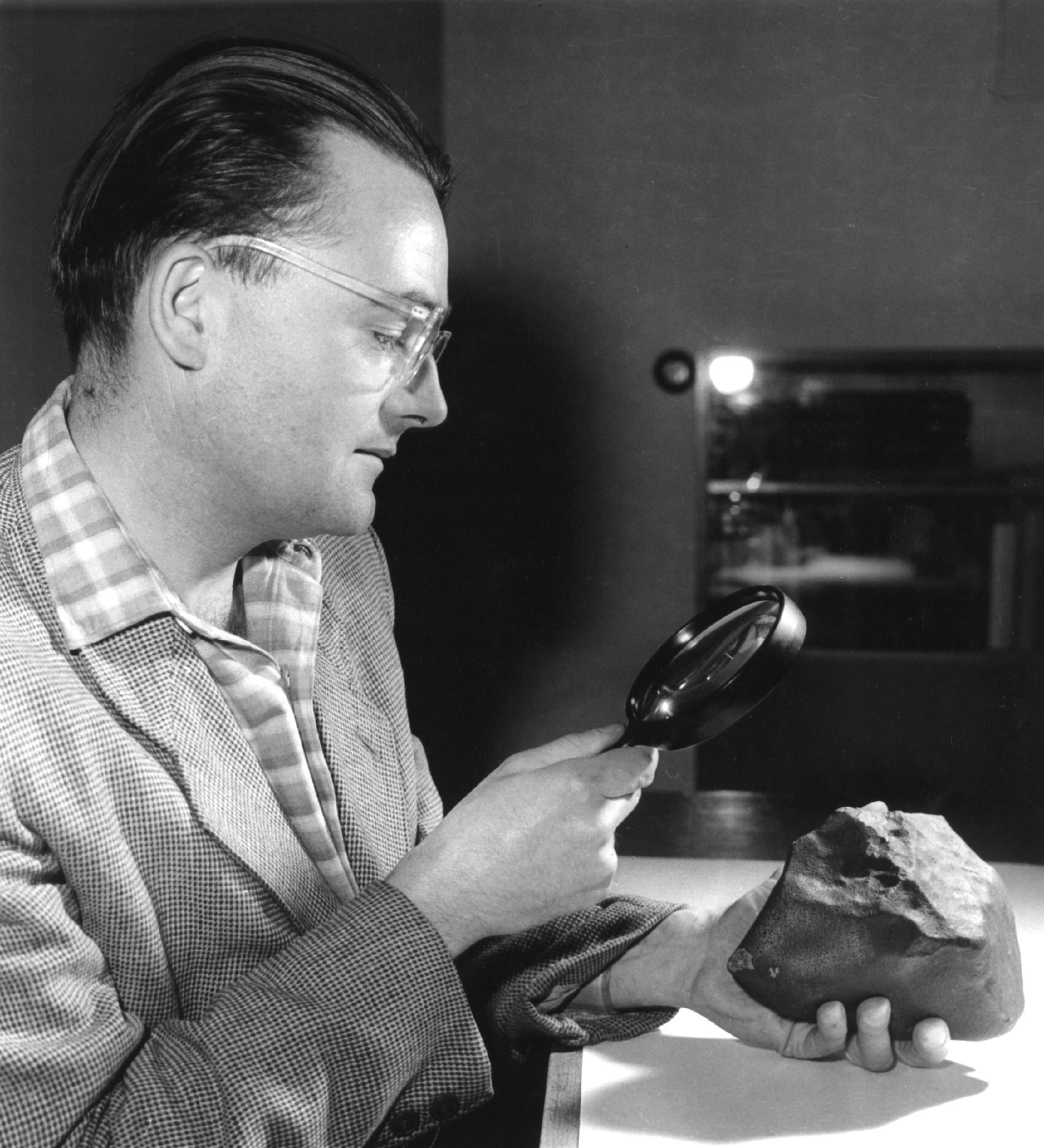
Figure 2. The research of the Příbram bolide and meteorites was led by Dr. Zdeněk Ceplecha, who examines the largest and the first meteorite found, the Luhy meteorite (weight 4.45 kg).
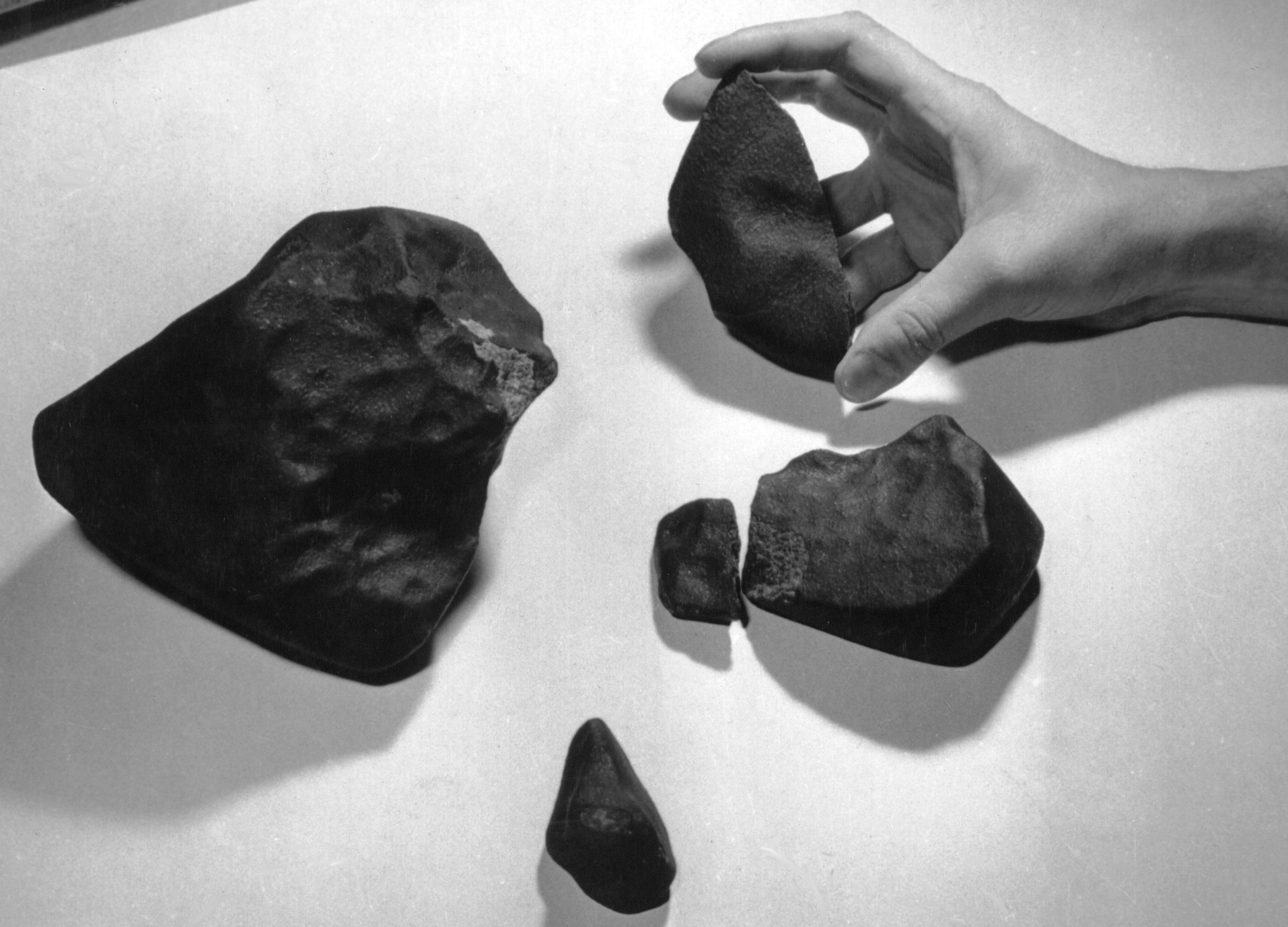
Figure 3. The photograph depicts the Příbram meteorites. From left to right, they are: Luhy, Dražkov, Hojšín (held in hand), and Velká (divided into two pieces).
This extraordinary success of Czechoslovak astronomy at that time inspired Dr. Ceplecha to try to repeat such a result and, more importantly, to obtain similar data on a much larger number of bodies of this category (i.e. larger meteoroids), about which practically nothing was known at that time. And since these are very rare phenomena, both locally and temporally, it was necessary to record as much of the sky as possible from a given location, and at the same time to cover as much territory as possible with these observations. For this reason, the team around Dr. Ceplecha developed the first simple all-sky camera based on convex mirror photography (Figure 4) and these cameras were gradually deployed throughout the territory of the former Czechoslovakia from 1963 onwards. Cameras of the same type, manufactured at the Max Planck Institute in Heidelberg, in the then West Germany, were deployed from 1968 not only in Germany but also in Austria, and thanks to the close cooperation between our team and the German team, the so-called European fireball network was gradually established, the center of which was in Ondřejov. The sky was recorded by these instruments with a simple camera on 35 mm film and therefore the resolution was not very high. Nevertheless, dozens of large bolide events over central Europe were recorded and described very well for that time – an example of a bolide photographed by this camera is shown in Figure 5. However, the Příbram success could not be repeated with this technique. While the German part of the network has been working with only minor modifications with the same equipment for several decades (more than 50 years in total), our part has undergone several major upgrades, which have both significantly increased the accuracy and the range of the data obtained and have also significantly increased the efficiency of the observations.
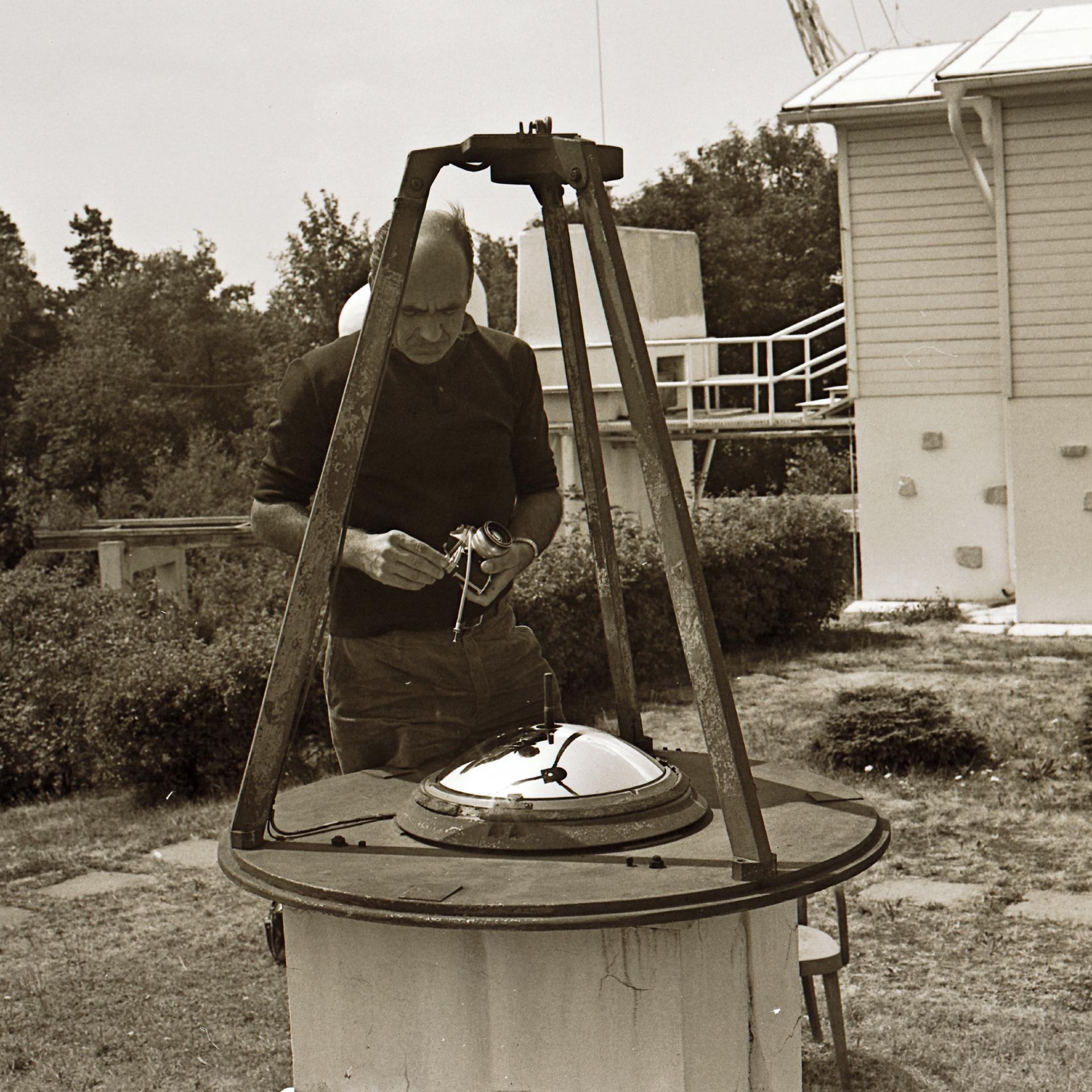
Figure 4. Mirror all-sky camera at the Ondřejov Observatory – the basic instrument of the first fireball network in the world.
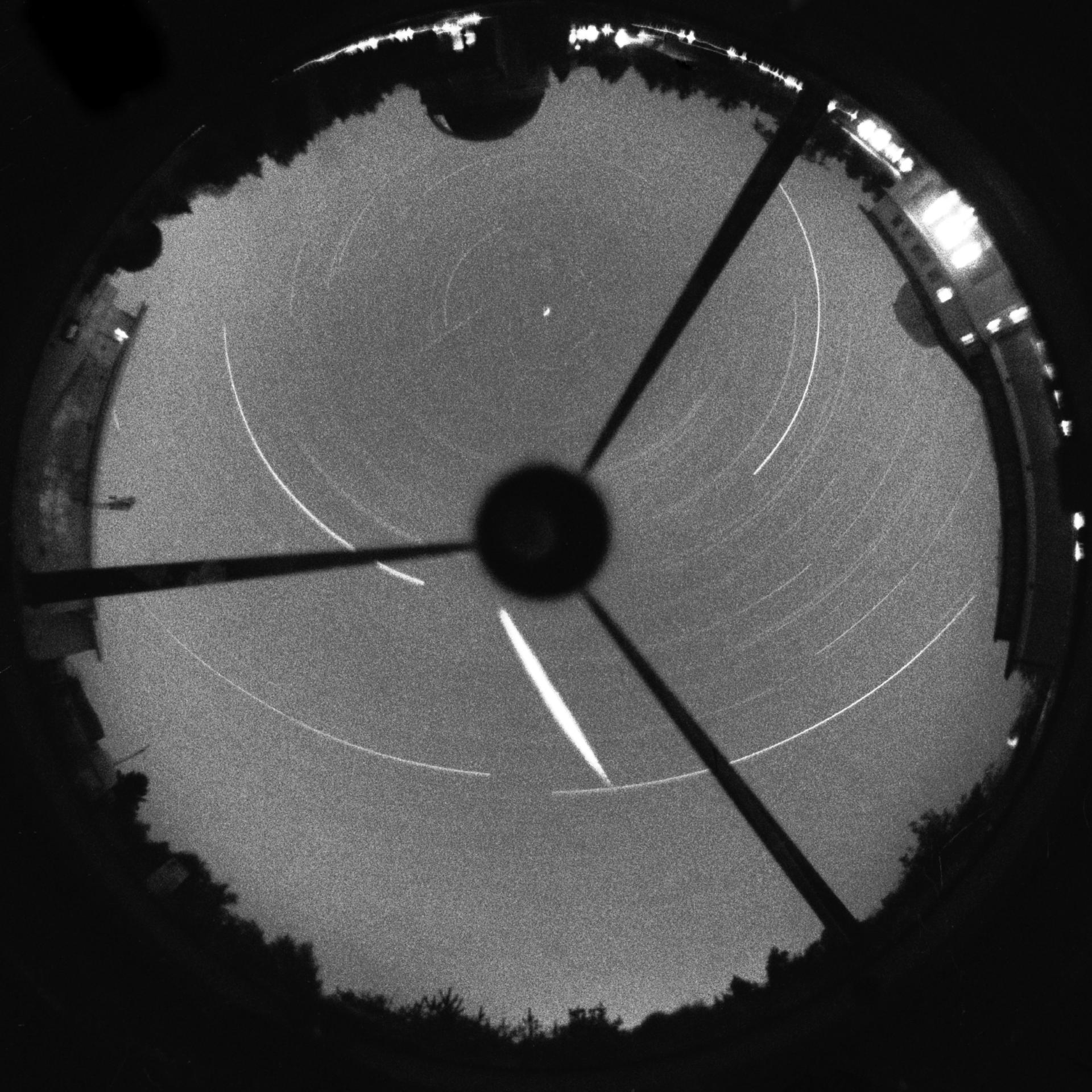
Figure 5. An image of the bolide “Čechtice” from 15 October 1968 (a bright light trail starting near the zenith (center of the image) and continuing approximately southwards) taken with an all-sky mirror camera from Ondřejov. Since this camera is fixed to the ground and took the whole night in one frame, the star trails are different lengths of a circle according to their distance from the celestial pole, which in the image can be simplistically taken as the position of Polaris, which is shown almost point-like in the image.
The first major modernization began in 1974, when a new, much more compact type of full-frame camera was developed (see Figure 6), based on the use of a large-format Zeiss Distagon fisheye lens with a focal length of 30 mm and a 3.5 aperture. Within 3 years, these cameras had completely replaced the mirror cameras previously used. This was a major advance in the accuracy of the data obtained; the entire sky recorded first on photographic plates and then on flat film was 8 cm in diameter. This greatly increased the resolution and, naturally, in combination with the high quality of these lenses, the accuracy, which was unprecedented until then. In addition, thanks to the high f-ratio of the lens and higher sensitivity of the photographic plates or flat films used, the number of recorded bolide counts also increased significantly. In addition, thanks to the pointing version of these cameras, which we operated in parallel with the fixed camera at two stations (Ondřejov and Churáňov in Šumava), it was possible to determine the time of flight of the recorded bolide. Examples of bolide images taken with these cameras are shown in Figure 7. In parallel with these all-sky cameras, we operated a battery of large-format cameras in Ondřejov to acquire spectra of bright bolide events, but these cameras covered only a part of the sky (a band between 30–60 degrees above the horizon). An example of a recording of such a spectrum is shown in Figure 8. However, it was still necessary to operate our cameras every clear night, which required considerable demands on their operators and thus on the personnel at each station. This state of affairs lasted until the next stage of the modernization of our fireball network, i.e. its automation, which came with the onset of the new millennium.
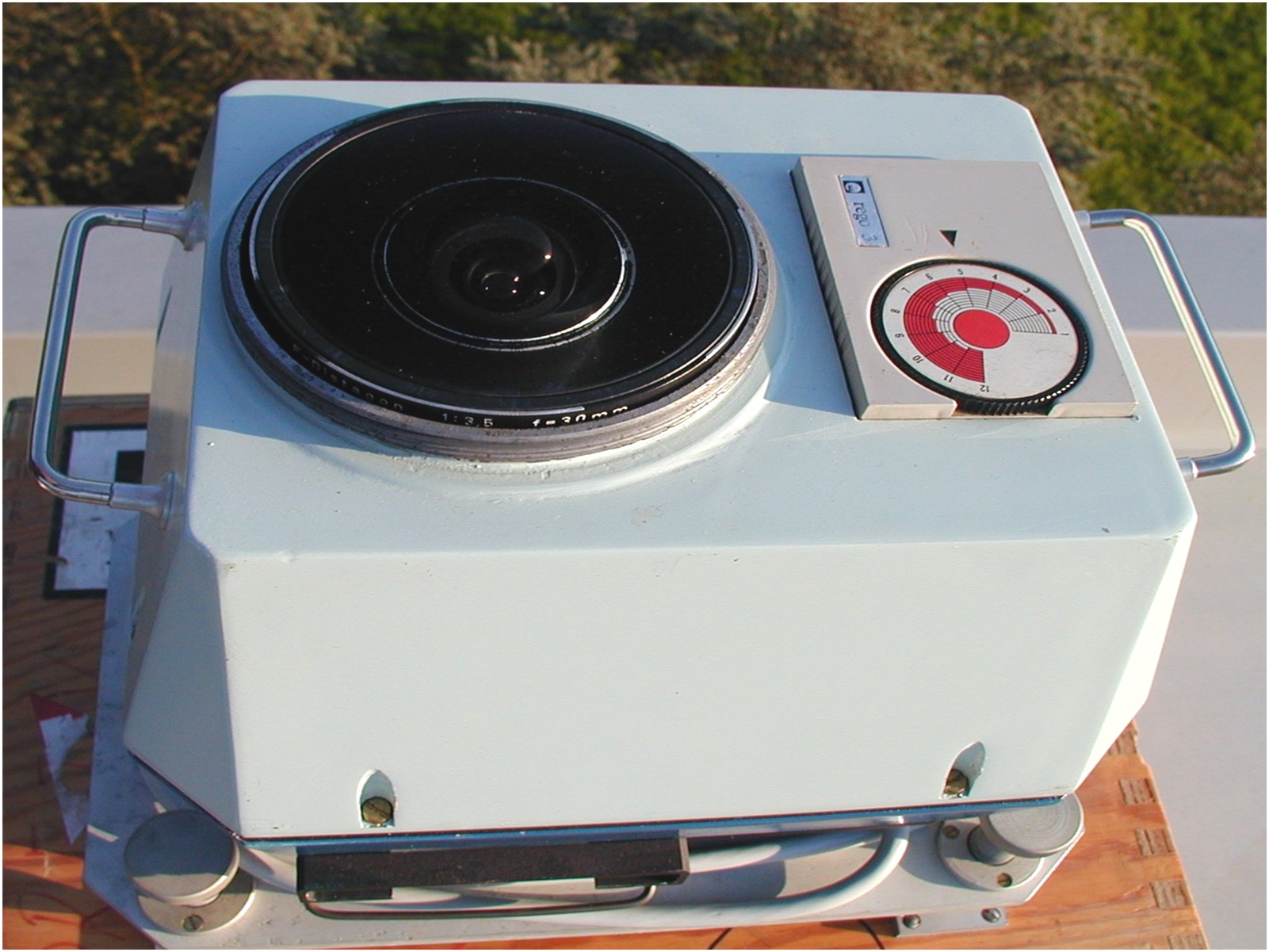
Figure 6. A new, much more compact type of all-sky camera based on the use of a large format Zeiss Distagon fisheye lens with a focal length of 30 mm and a 3.5 aperture. It was developed in 1974 and within the next 3 years these cameras completely replaced the mirror cameras previously used at all our fireball network stations.
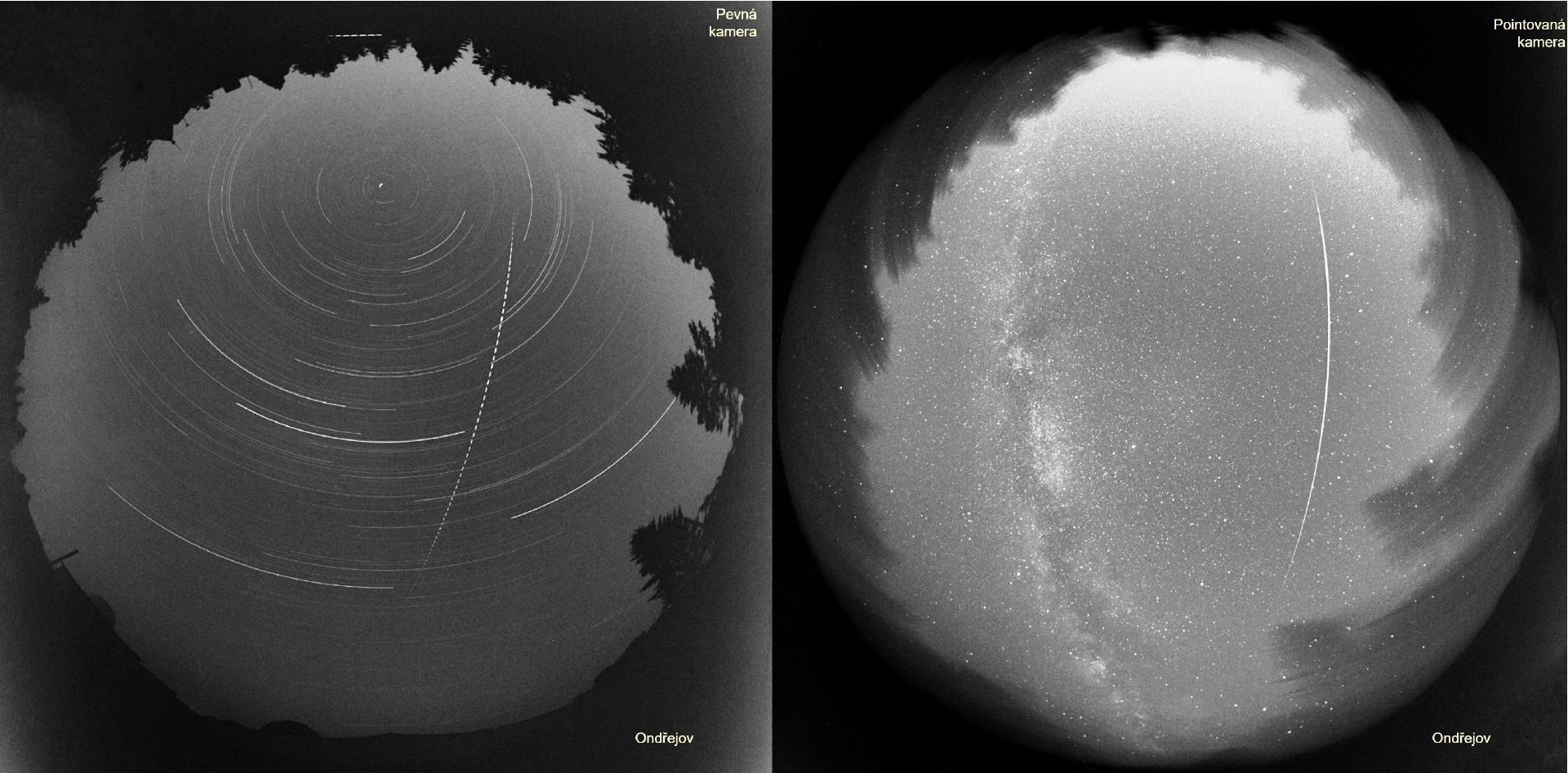
Figure 7. Bolide “Mělník” from June 22, 1979 photographed by fixed and pointing fisheye camera in Ondřejov. The combination of these images was used to determine the time of the bolide. The interruption of the bolide’s light trail in the fixed camera image (in this case 15 times per second) is caused by the rotating sector just above the photographic emulsion and serves to determine the speed of the body in the atmosphere. The pointing camera rotates at the speed of the Earth’s rotation on its own axis, so even though it is a 3 hours long exposure, the stars are recorded as points unlike the fixed camera and conversely the objects on the horizon are “blurred”. The bolide in the image is travelling from south to north, i.e. bottom to top in the images.
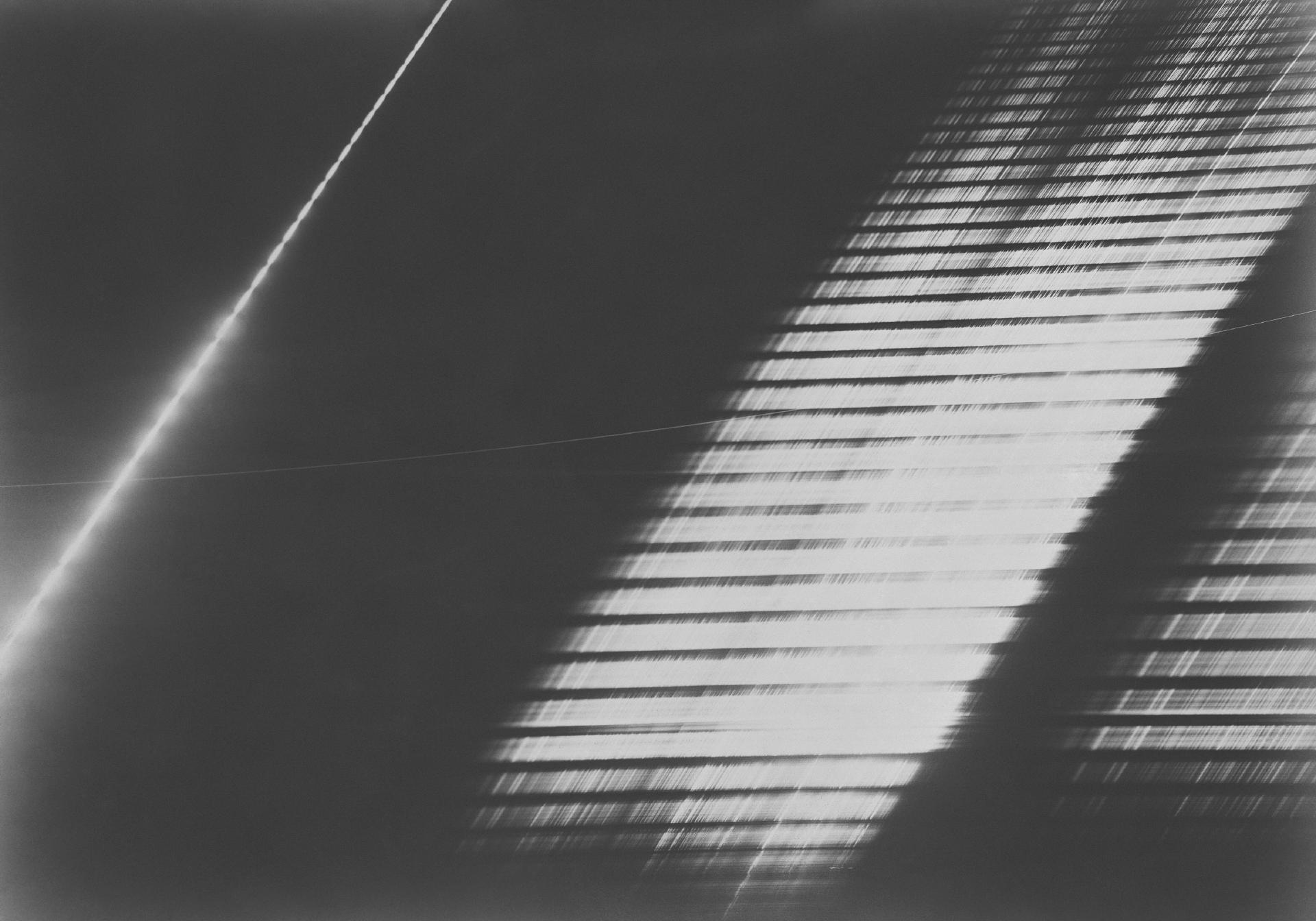
Figure 8. Spectrum of the bolide “Benešov” from May 7, 1991 photographed by spectral camera in Ondřejov. On the left is part of the zero order (i.e. the bolide itself), in the middle the whole first order and on the right is part of the second order spectrum. The spectrum of the bolide is interrupted by a rotating sector with a frequency of 14.9 interruptions per second. This is one of the most detailed spectra ever taken of a bolide.
2. Automation of the bolide network (especially the part of the EN that falls directly under the administration and funding of the ASU)
A major breakthrough in the functioning and efficiency of observations in the part of the European fireball network that falls under the direct management and funding of the Astronomical Institute of the CAS came with the new millennium. This next major milestone in the operation of our fireball network lies primarily in the full automation of observations and also in the complexity of the data recorded. This means that the output is no longer just photographic images, but also radiometric records (high-time-resolution light curves) in the first phase of automation, and later, with the advent of digital technology, a further important extension to include video and spectral records. To this was added the expansion of the fireball network with additional stations. All of this together brought both an order of magnitude higher observational efficiency, i.e. a quite substantial increase in the number of recorded bolide counts (from a few tens to more than a thousand per year!) and, equally importantly, the quality and wealth of the information about each recorded bolide. This, of course, brought with it a significant increase in discovery results, which is naturally the main purpose of running this whole large-scale experiment.
All of this was possible not only thanks to the extraordinary efforts of the small team (a small part of our working group) directly involved in this experiment, but also thanks to the substantial financial support from the Czech Academy of Sciences, where, as part of the first automation of the operation of the network from 1999 to 2005, this experiment was significantly supported by investment, first by the development and then by the production and thus the equipping of all existing stations of the fireball network with a new automated bolide camera (see Figure 9).
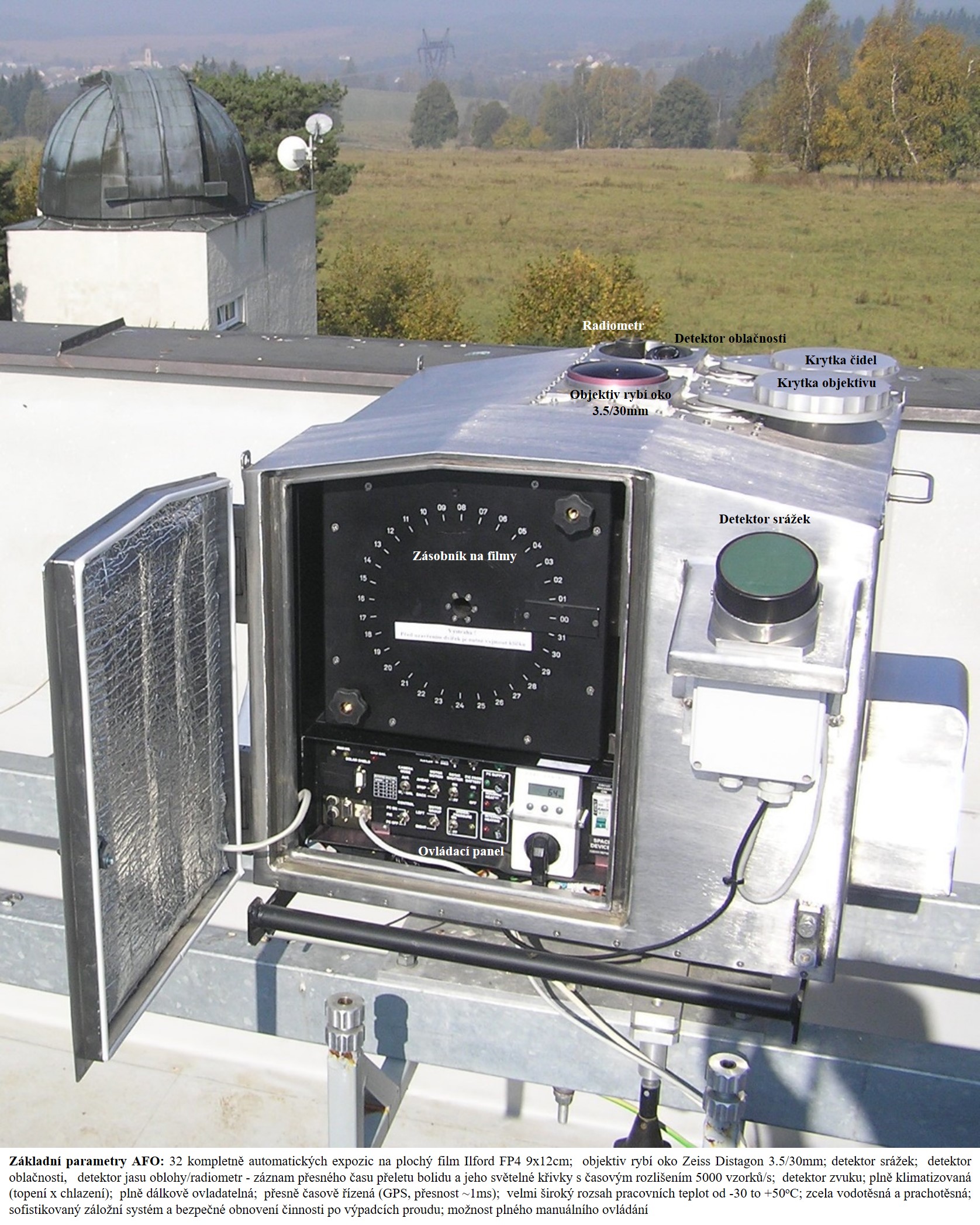
Figure 9. The first Autonomous Fireball Observatory (AFO) camera at Kunžak station. This fully automatic camera, but rather corresponding to the term observatory due to the complexity of the type of recordings, records bolides in photographs, its total brightness and potential sounds. The basic imaging system remains a Zeiss Distagon 3.5/30 mm fisheye lens and the photographic recording medium is a 9×12 cm flat film. The film tray has 32 positions and is sufficient for approximately 1 month of operation. The basic parameters and advantages of the AFO are also described in the figure.
This automation consisted primarily in the fact that human operators were no longer needed to take the pictures. The camera itself correctly evaluated the weather condition at a predefined observation interval and took all-sky images accordingly. Each night was either a single image in the case of moonless nights, or the exposure was split into two images, with and without the moon. There was a 32-film tray in the camera, which on average was enough for one month of operation without operator intervention. Although shooting was still done on flat film (an example of a bolide image taken with this camera is shown in Figure 10), a significant benefit was that this camera was already equipped with a radiometer, i.e., a sensitive and fast photometer. The essential parameter of this radiometer is not only sensitivity but also temporal resolution, initially it was 500 samples per second and since 2009, when we developed the second generation radiometer, it is already 5000 samples per second (while maintaining the sensitivity of the instrument). This order-of-magnitude increase in temporal resolution was not an end in itself, as we have found from previous operations that there are often very short bursts of the order of milliseconds in the bolide light curve, and so it was necessary to describe these extremely short phenomena that were previously unknown. The deployment of radiometers into standard network operation was a very significant advance, as not only did we have detailed bolide light curves (Figure 11), but equally importantly, we had accurate bolide times (to at least hundredths of a second!), which had previously only been possible with a combination of fixed and pointing camera images at only two stations, so that for many of the recorded bolide events this information was either completely missing or unreliable. Another equally important function of the radiometer is that this data is evaluated in real time directly in the camera and, using a developed algorithm, the phenomena corresponding to bolide events are directly detected and the camera itself thus evaluates in real time that it has detected a bolide and sends a message to the selected addresses. These radiometers are a standard part of each of our cameras. Due to the complexity of this instrument, we no longer correctly call it a camera, but an Autonomous Fireball Observatory, first analogue (abbreviated AFO) and, after the introduction of digital technology, its digital version (DAFO).
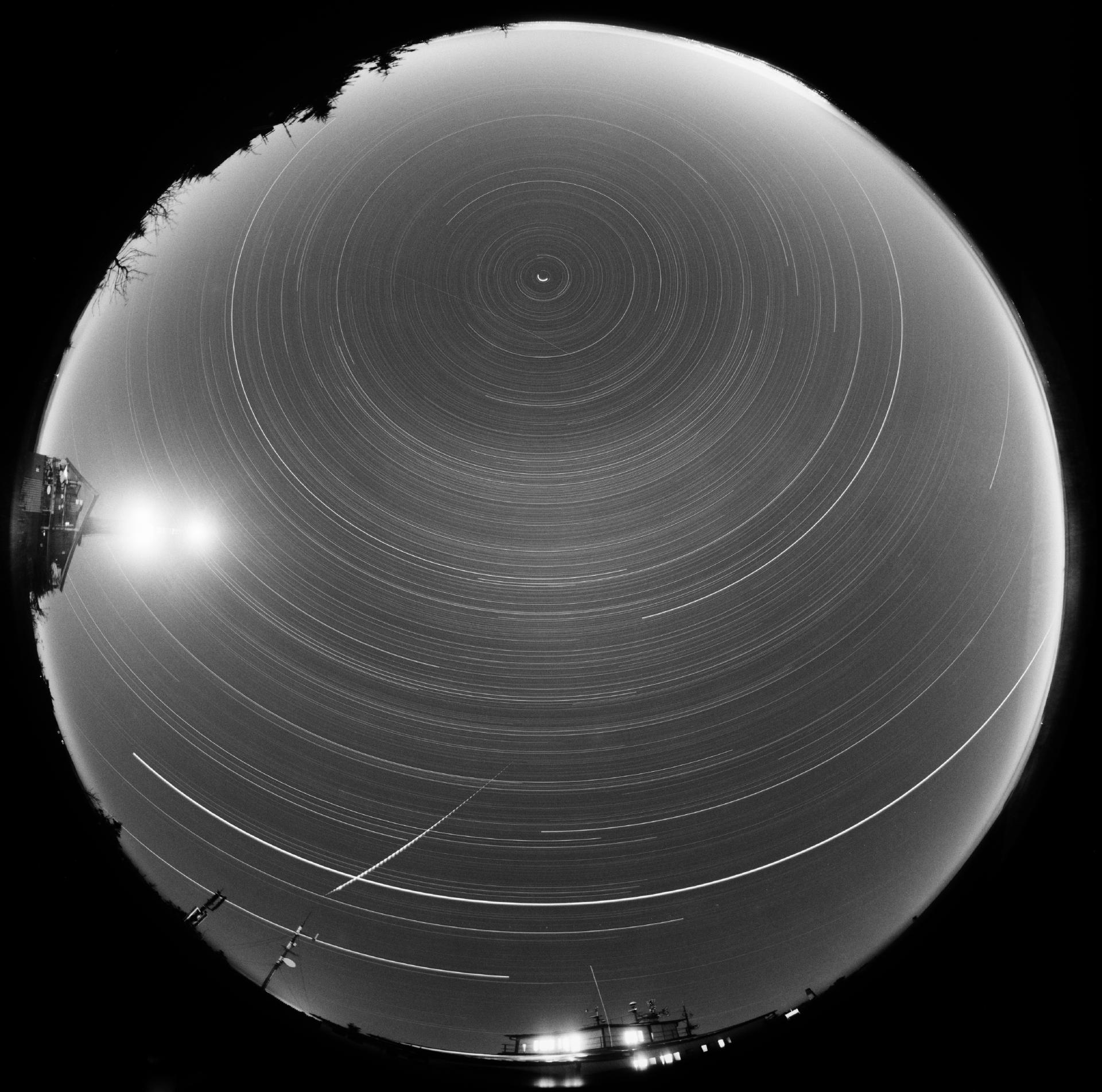
Figure 10. All-sky image of the bolide taken on 10 October 2010 by the AFO camera at Lysá hora station. The exposure time of this image is 10 hours and 35 minutes.
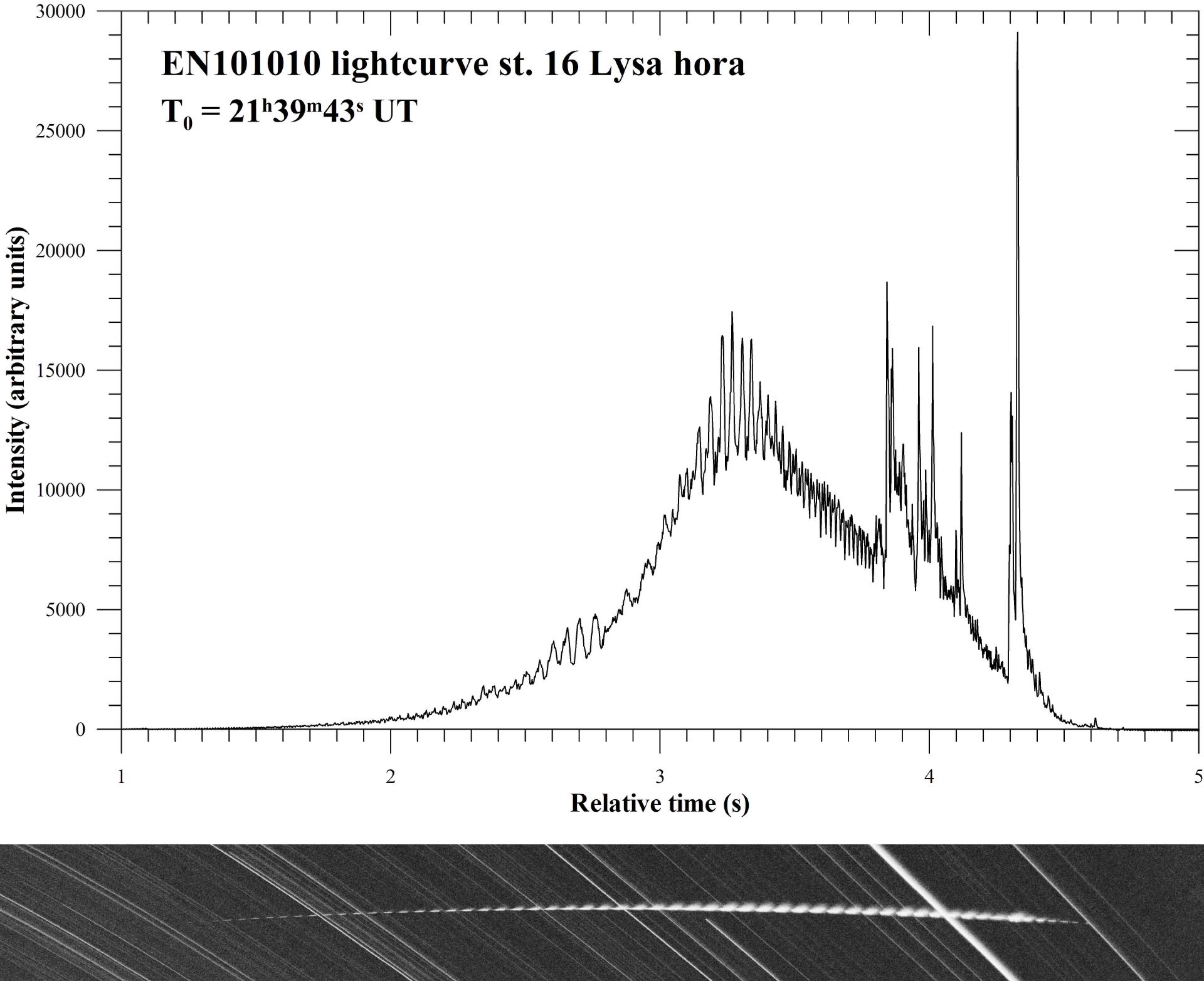
Figure 11. Example of radiometric recording of the bolide light curve from the previous picture (EN101010) taken by the same AFO camera at Lysá hora station. In this case it is the first generation radiometer with a temporal resolution of 500 samples per second. For comparison, a cutout from the full-sky image of this bolide is also included.
3. Digitisation of the bolide network and its current status (especially the part of the EN that falls directly under the administration and funding of the ASU)
With the advent of digital photography and technology in general and thanks to even more financial support, which consisted of the prestigious Academic Award to the head of the fireball network Dr. Pavel Spurný in 2012 (he took over the management of the fireball network from the founder Dr. Z. Ceplecha in 1993), an even greater, one could say without exaggeration, revolutionary modernization step was made, where not only all observations were fully automated, but thanks to modern technologies, which we were able to fully use thanks to all previous experiences, the whole experiment was even more efficient, expanded and all processes with data acquisition, transmission and processing were accelerated quite substantially. This process, which until now meant first reloading the film trays at the stations (this was necessary on average every month), then physically transporting the captured images to Ondřejov, then developing them, scanning them, and only then measuring and evaluating them, all of which took days, or rather several weeks, digitization has changed the way we have all this data online in real time and completely automatically. As already mentioned, with the digital era the efficiency of observations has increased very significantly, not only the quality but also the quantity, i.e. the number of recorded bolide counts. This is due to the fact that the digital cameras (DAFO – see Figure 12) have a higher sensitivity than all previous cameras used in our fireball network and this is further supported by the higher sensitivity of the video cameras we currently use.
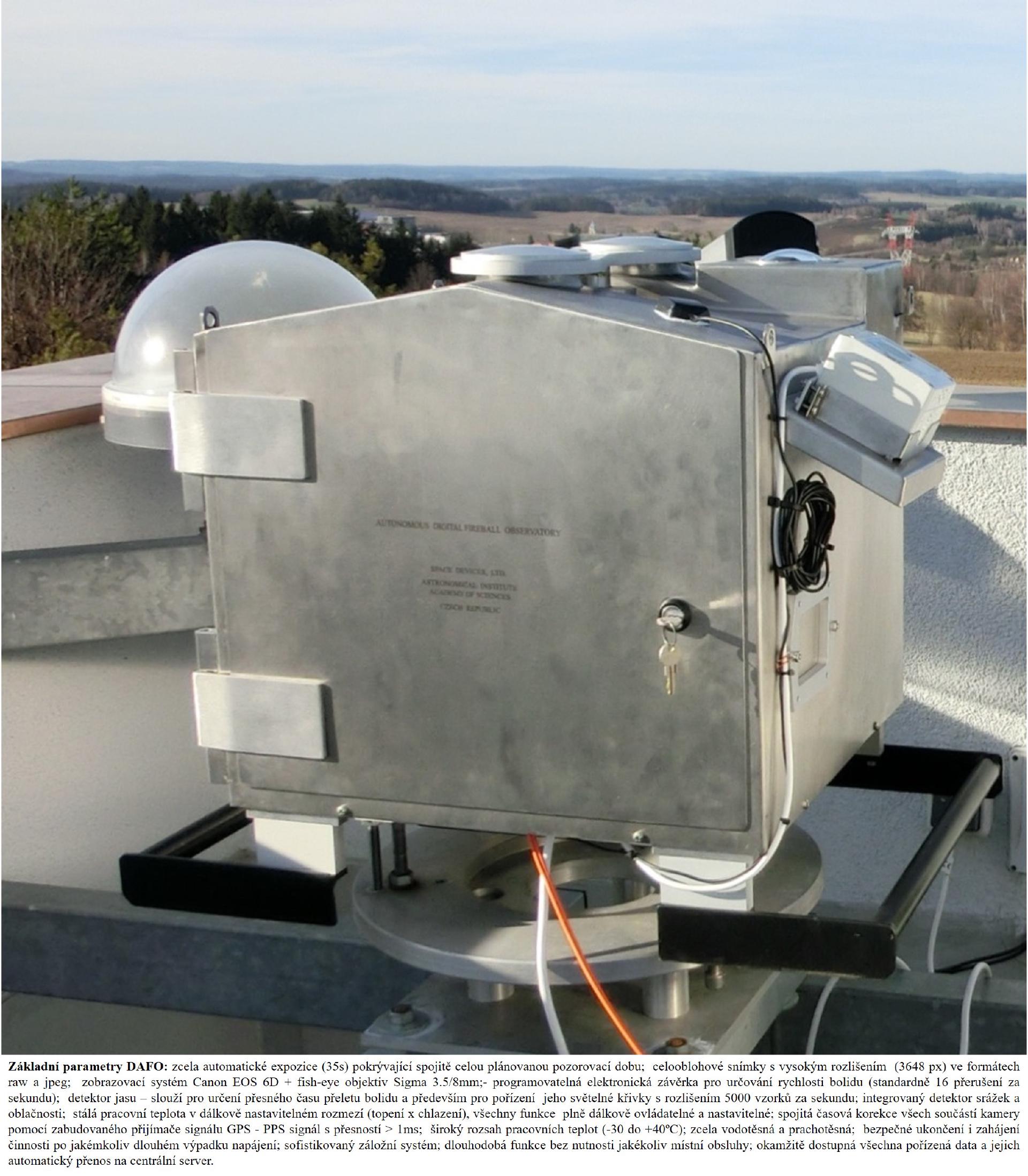
Figure 12. Digital Autonomous Fireball Observatory (DAFO) for observations of bolides at Kunžak station. This fully automatic digital observatory, records bolide photography and its total brightness. The basic parameters and also the advantages of AFO are described in the figure.
However, the fact that DAFOs make better use of observation time adds significantly to this. Firstly, it is not necessary to start the exposure under completely clear skies, so there are not such strict requirements for suitable observing conditions, and therefore the observation time is significantly better covered, which is also significantly extended by the twilight period, because the exposure can start significantly earlier and end longer, because the camera sensitivity can be suitably varied during the observation according to the degree of sky illumination. Overall, the background brightness now does not play as significant a role in the number of recorded bolide counts as it did with the previous camera types used, when exposures were made using the conventional photographic emulsion method. This also plays a very important role when exposing the sky on nights when the moon is shining brightly. A very important complement that greatly increases the complexity of our observations is the spectral version of these basic instruments of our network, the so-called SDAFO. SDAFOs are deployed at about half of our stations and take spectra for bolides brighter than -7th magnitude – see also the bolide spectroscopy page for more details). An example of a bolide imaged simultaneously in direct light (DAFO) and spectrally by SDAFO is shown in Figures 13 and 14. At the same time, for this bolide, a radiometric curve from the same DAFO, already with a time resolution of 0.2 millisecond, i.e. 5000 samples per second, is shown in Figure 15.

Figure 13. All-sky image of the bolide from 27 February 2017 EN270217_023122 taken by the DAFO digital automatic bolide camera at Kocelovice station. The exposure time of this image is 35 seconds. The bolide in the image is flying from the SW almost across the zenith to the NE. The interruption of the light trail is caused by the LCD shutter 16 times per second (a full second is twice the length) and is used to determine the speed and braking of the body in the atmosphere.
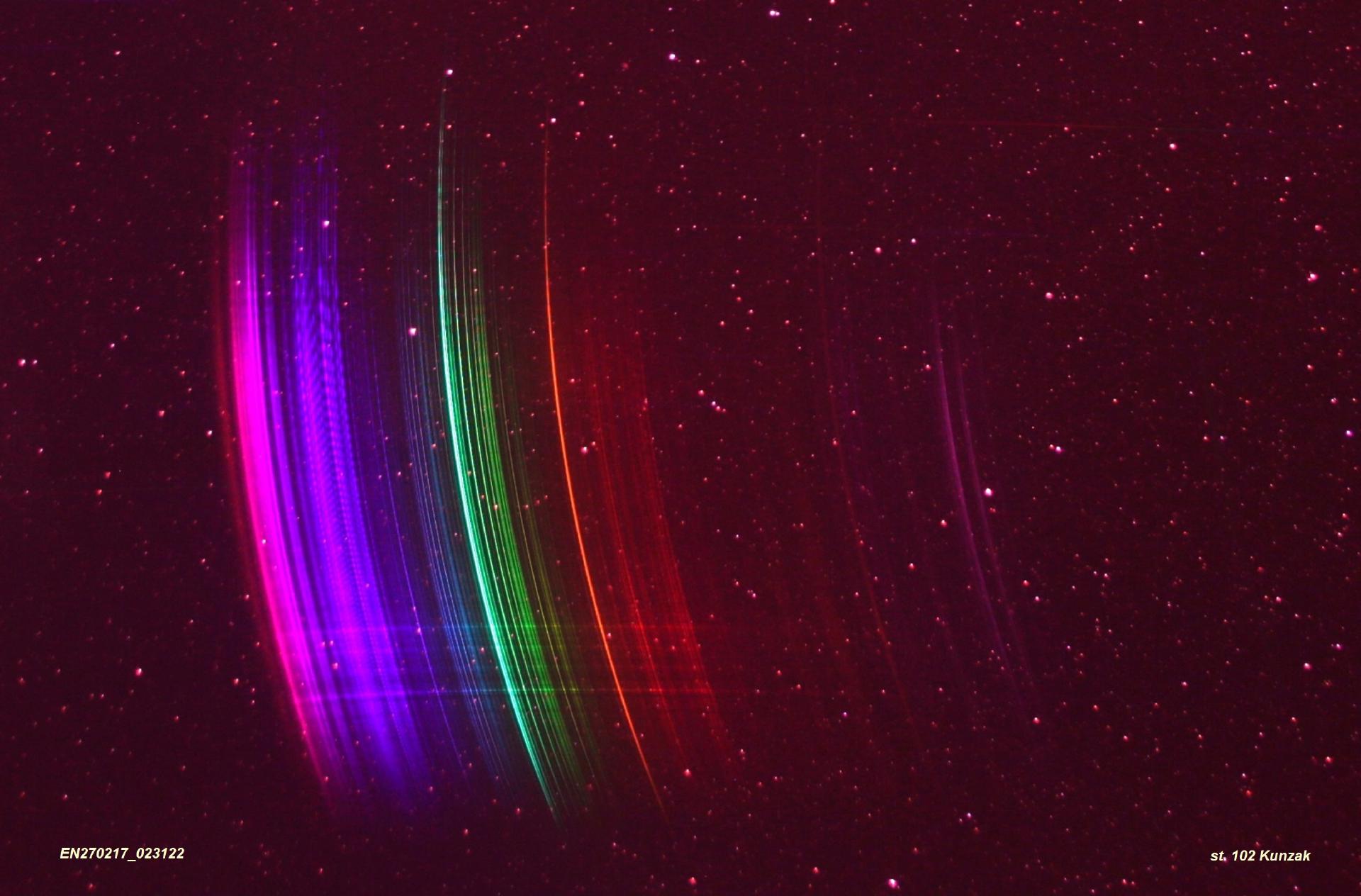
Figure 14. Photographic spectrum of the same bolide EN270217_023122 taken by the SDAFO spectral camera at the Kunžak station, which provides important information about the composition of the original meteoroid.
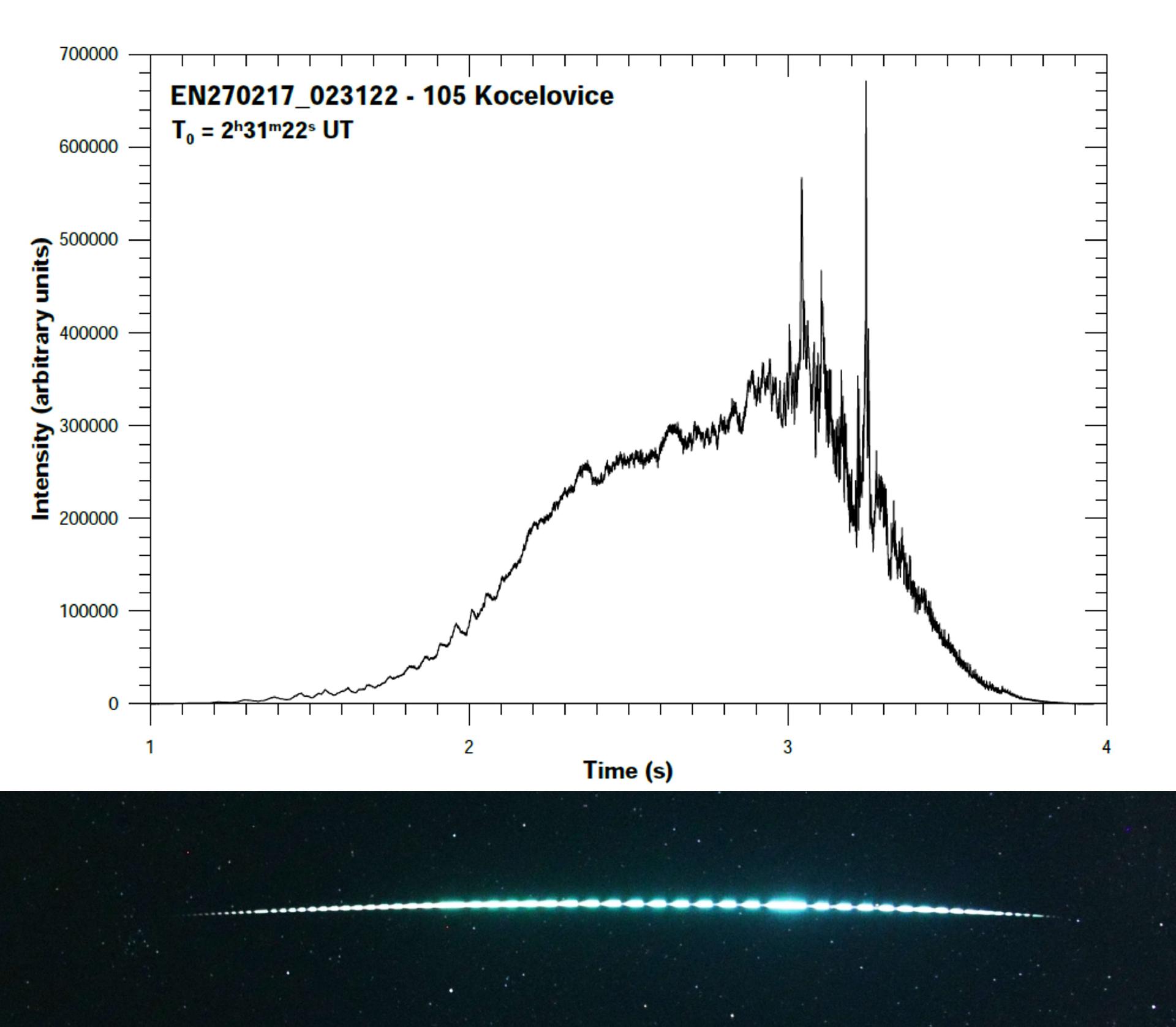
Figure 15. Example of the radiometric recording of the bolide light curve from the previous figure (EN270217_023122) taken with the same DAFO camera at the Kocelovice station. In this case it is a second generation radiometer with a temporal resolution of 5000 samples per second. For comparison, a cutout from the digital all-sky image of this bolide is also included.
A significant advantage of the DAFO over the AFO is also the significantly smaller size and weight of the DAFO, which is much more compact and lighter, making it much easier to handle and easier to select and prepare a site for. In addition, at each of our stations, the DAFO cameras are complemented by one or more video cameras, which are mainly used to better describe the dynamics, fragmentation and, at some stations (Ondřejov and Kunžak), the spectra of the recorded bolide (Figures 16 and 17).
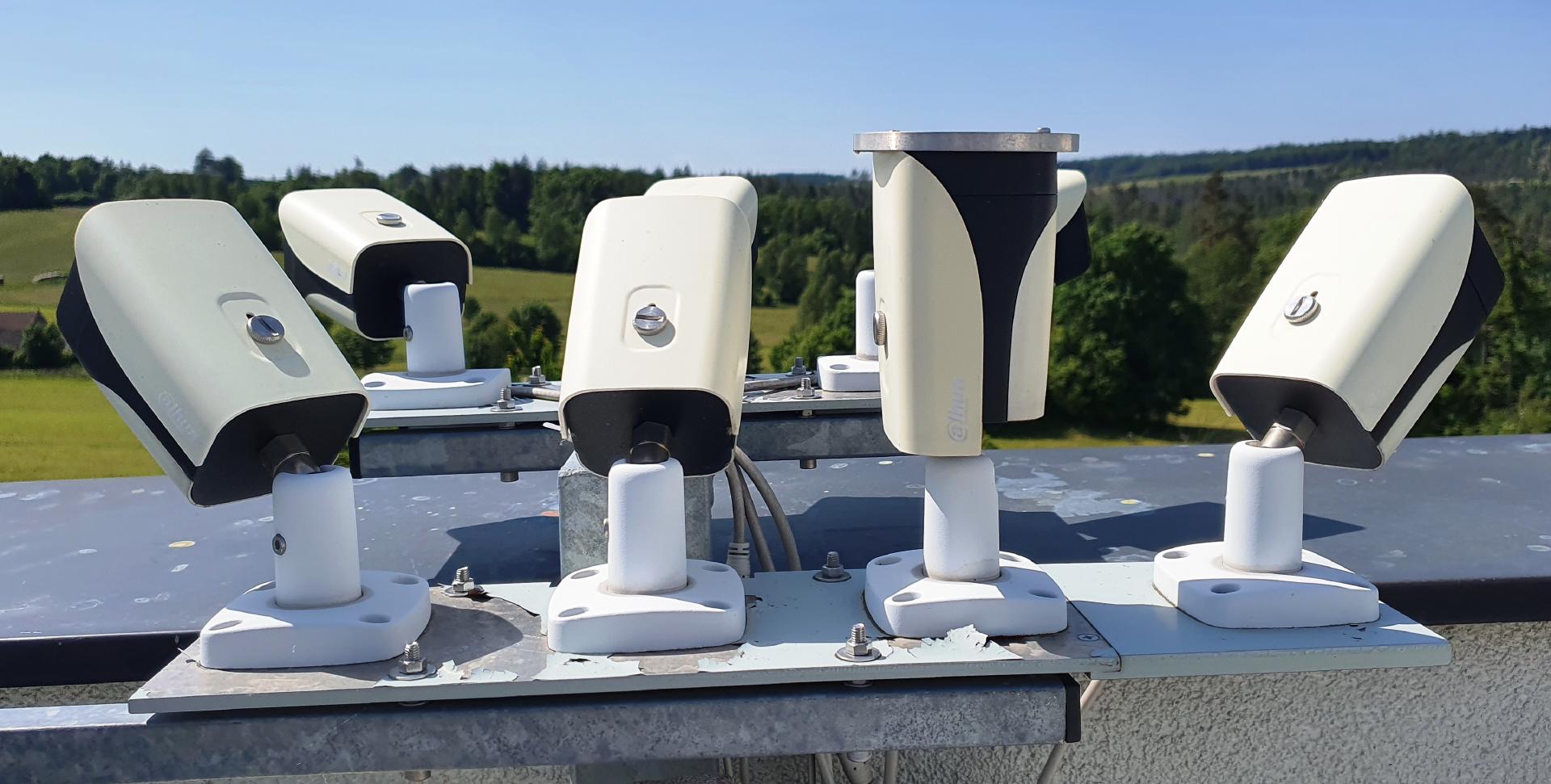
Figure 16. A battery of sensitive IP video cameras with a resolution of 2688 × 1520 px (4 Mpx) at the station in Kunžak. These cameras are equipped with spectral gratings with 1000 grooves/mm and the data is captured at 25 frames per second.
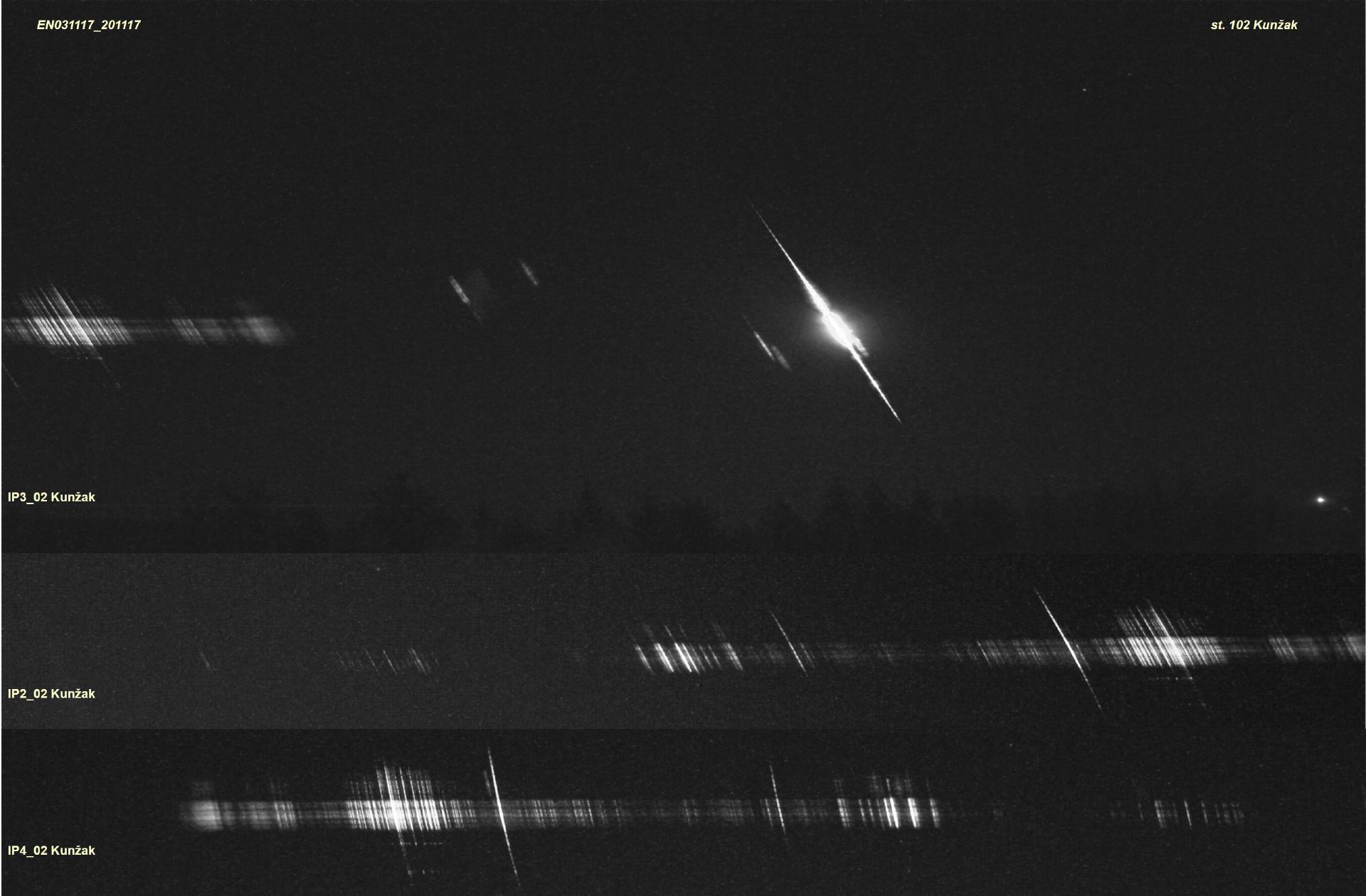
Figure 17. Example of a composite record of a very bright cometary bolide taken with spectral video cameras in Kunžak. The top image shows a direct composite image of the bolide (zero order) and a part of the -1st order. The bottom images are a composite from the adjacent cameras, where the 1st, -1st and parts of the 2nd and -2nd order are depicted. The bolide at its maximum reached an absolute brightness of -14 magnitudes.
Another important benefit of these video cameras is that it is possible to record even very bright bolide during the day, i.e. when the Sun is above the horizon and the photographic cameras are not yet working – a composite image from a video recording of such a daytime bolide is shown in Figure 18. While this does not result in large numbers of extra bolide records, it does result in very bright bolide records that are already more likely to produce meteorites, and hence are usually the most important cases. And the last instrument we have developed and are using in our fireball network is a very fast guided video camera, the so-called FIPS (Fireball Intelligent Positioning System – see Figure 19), which follows in detail the flight of a bolide at 60 frames per second and is used to describe in more detail the morphology of the bolide phenomenon, including its fragmentation in the atmosphere (see Figure 20).
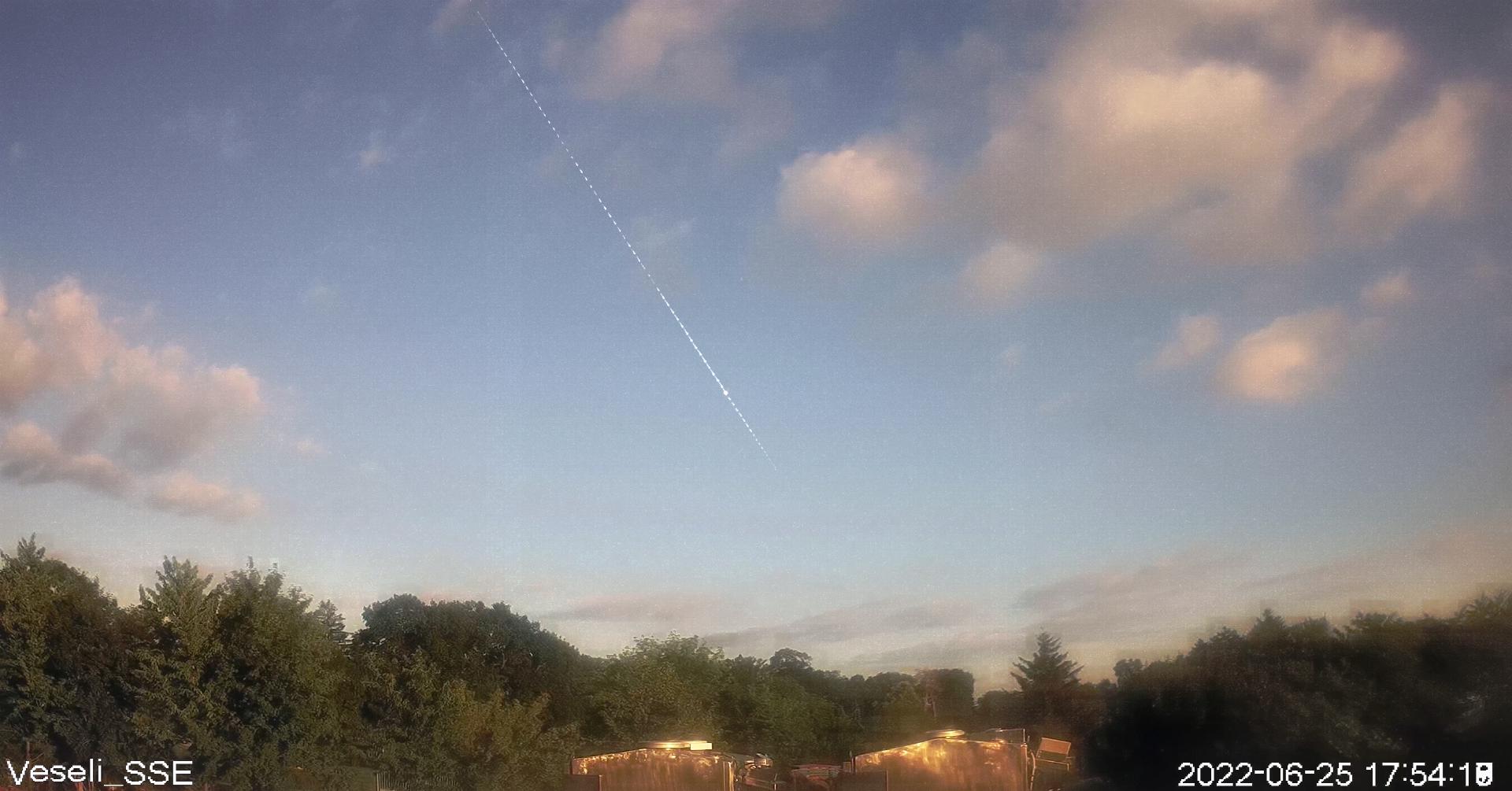
Figure 18. A composite image from a video taken by the IP camera at the Veselí nad Moravou station shows the passage of the daylight bolide EN250622_195416, which produced meteorites near the village of Pusté Úlany in western Slovakia.
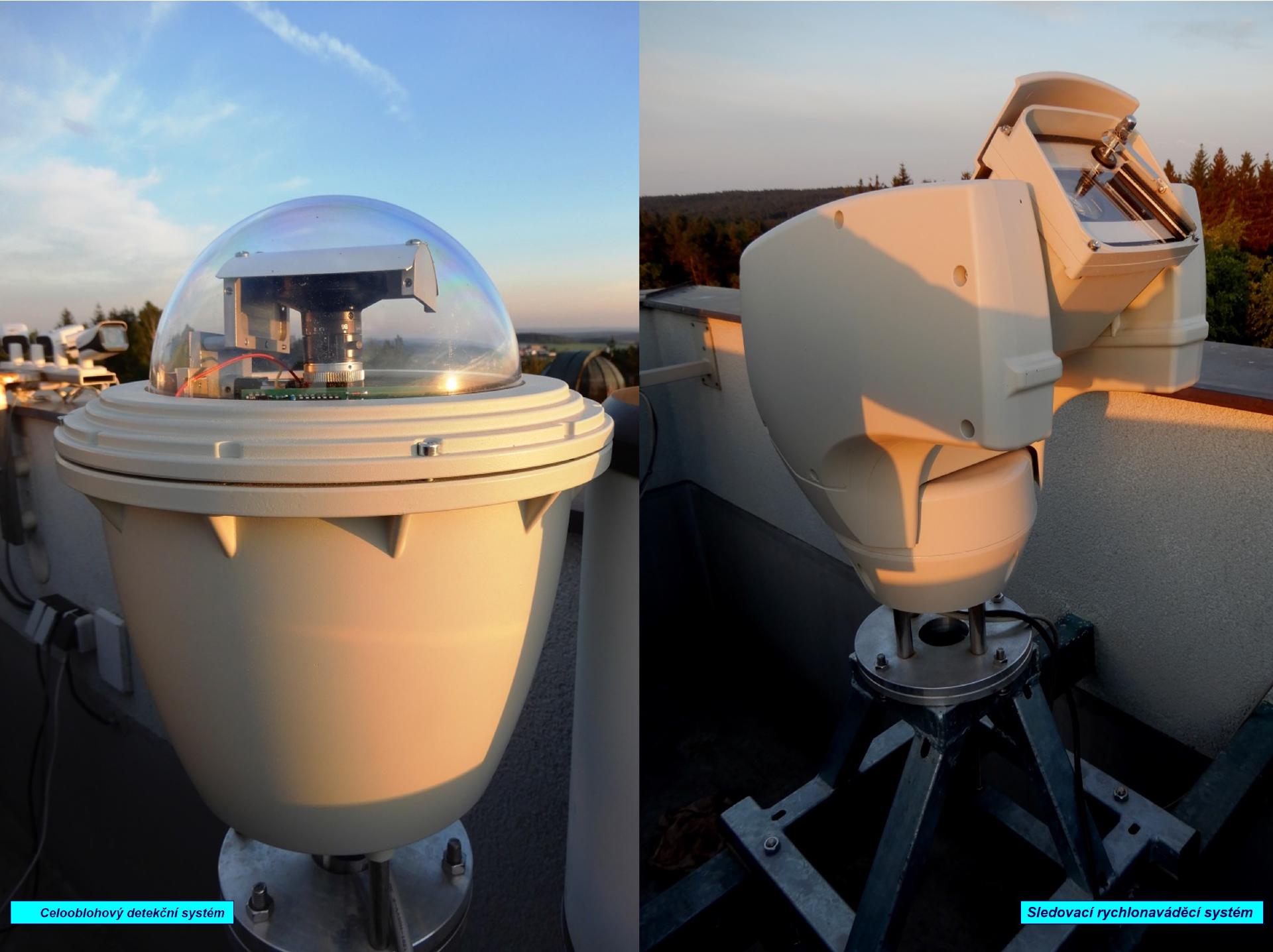
Figure 19. The Fireball Intelligent Positioning System (FIPS) consists of two parts, an all-sky detection system (left) and a fast-tracking system (right). The latter is equipped with a sensitive video camera with a frame rate of 60 frames per second and is used to describe the morphology of the captured bolide.
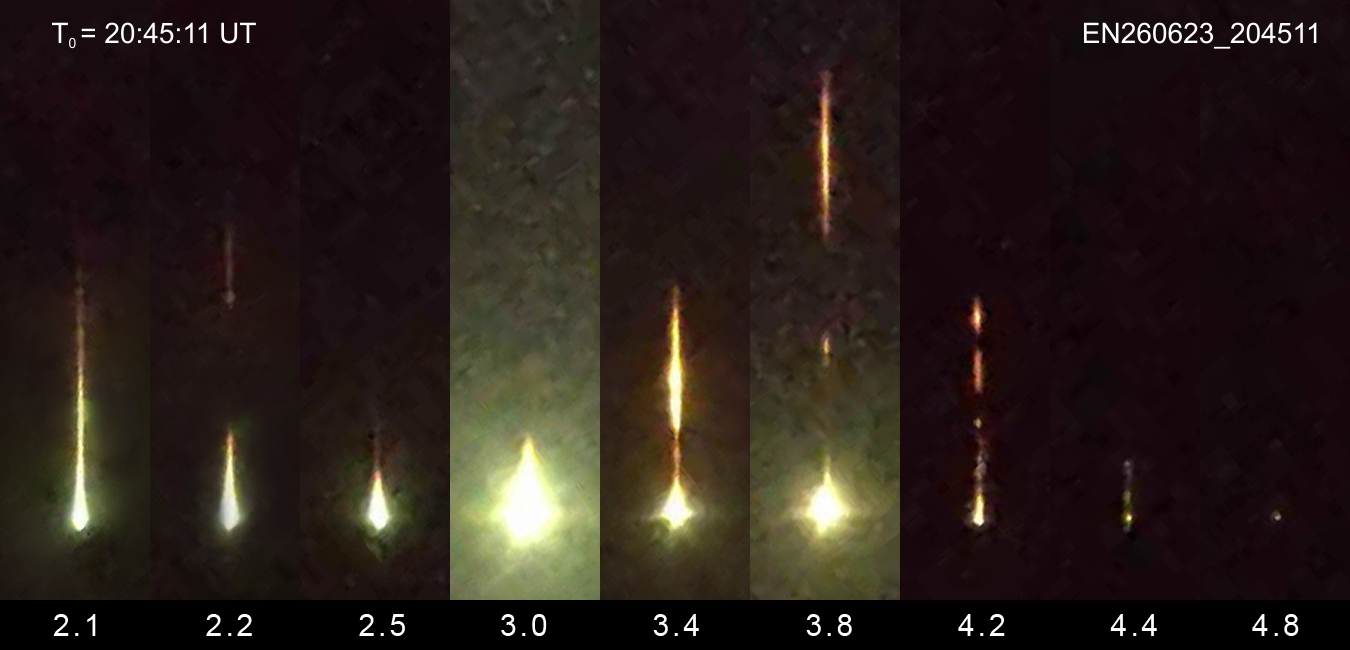
Figure 20. Video frames from a detailed video of the bolide EN260623_204511 taken by the FIPS fast-tracking system at the Ondřejov Observatory. This record is used for a more detailed investigation of meteoroid fragmentation. The relative time for each image is related to the absolute time 20:45:11 UT.
But all this has fundamentally changed our approach to working with data. Each station produces tens of gigabytes of data every day, so we needed to develop a new system to transfer, preprocess and archive all this data, which may be needed for other purposes in the future. Moreover, this data must be permanently accessible for subsequent work. This means, of course, that we had to build the appropriate facilities for all this. For the actual management of this data, we have purchased very powerful and high-capacity servers, which currently have a storage capacity of almost 700 TB of data (see Figure 21). In addition, they need to have sufficient computing capacity to be able to quickly search through all the images taken and stored on the server continuously during each night to find and pair the recorded bolides. This work is not completely automated so that nothing important is missed, so it requires expert supervision and final confirmation by a trained staff member. A very important superstructure of all this is then the database where all the bolide images are archived and the results are gradually added to them after measuring and counting, which we continue to work with.
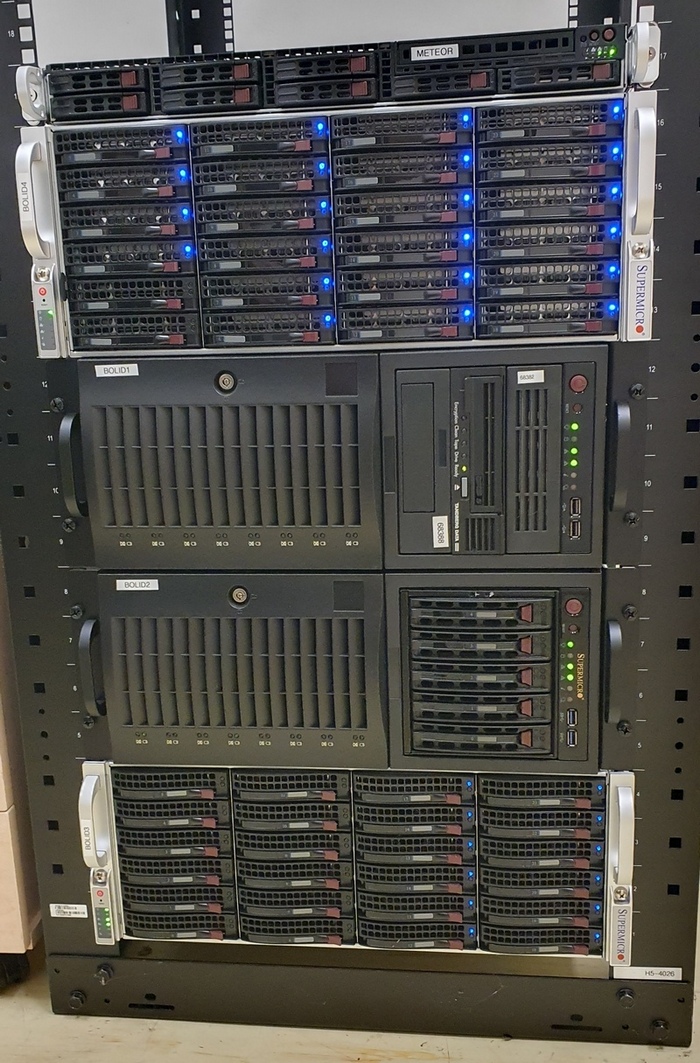
Figure 21. Servers for managing data from the European fireball network. In addition to high computing power, they have a high disk capacity with a total data volume of almost 700 TB.
The map in Figure 22 shows the current locations of our stations and the specific instruments at each one. Their exact coordinates can be found in Table 1. Together, these stations monitor a vast region of about one million square kilometers, as illustrated in Figure 23. This extensive network enables us to collect data on bolides almost instantly, covering a large portion of Central Europe.
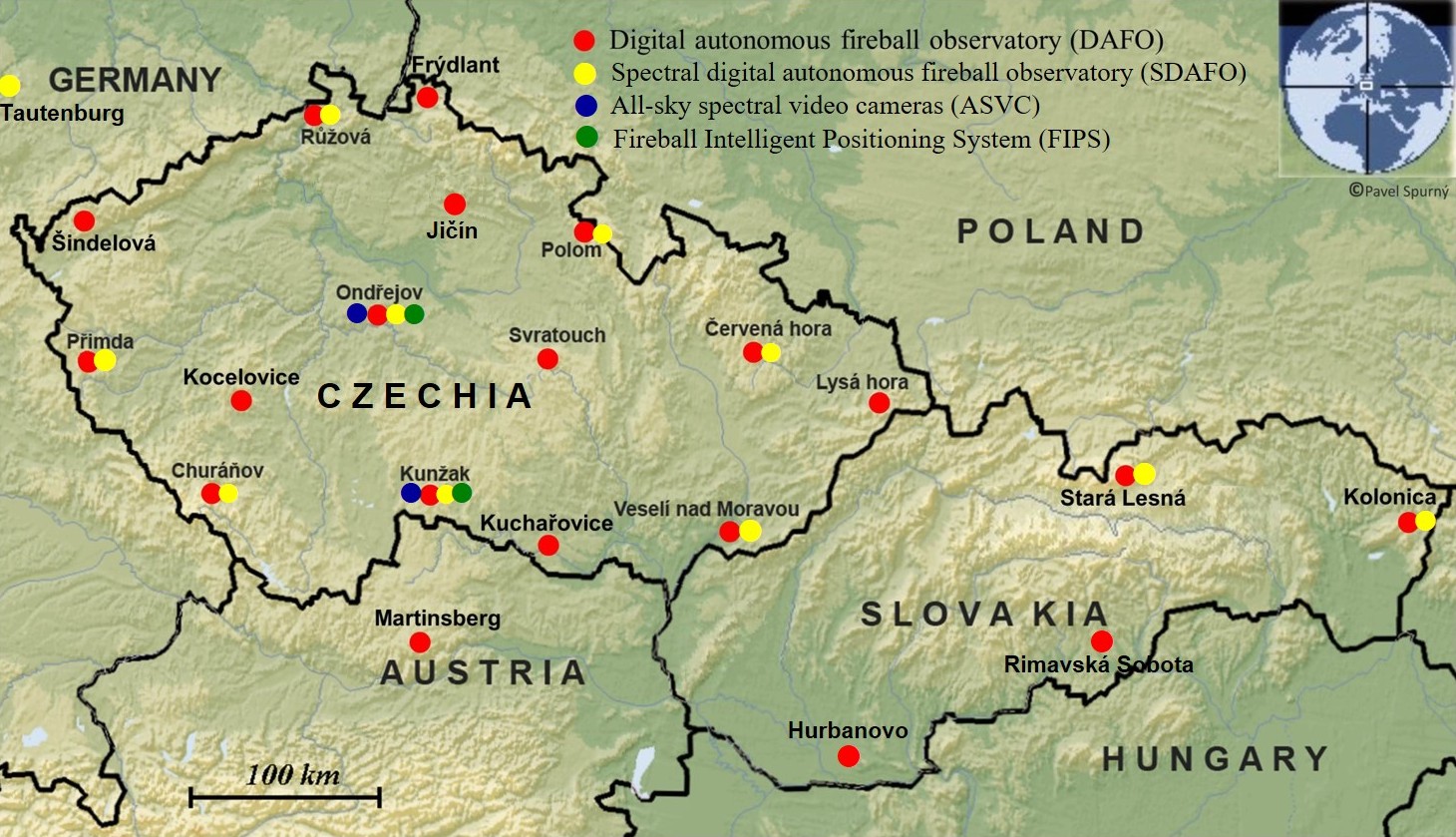
Figure 22. Current status of the distribution of stations in the central part of the European fireball network. All 21 stations are equipped with modern digital all-sky automatic bolide cameras (DAFO) + wide-angle spectral bolide cameras (SDAFO) at 10 stations + FIPS fast-tracking system at 2 stations and ASVC all-sky spectral video system at the same two stations. In total 15 stations are in the Czech Republic, 4 in Slovakia and 1 each in Austria and Germany.
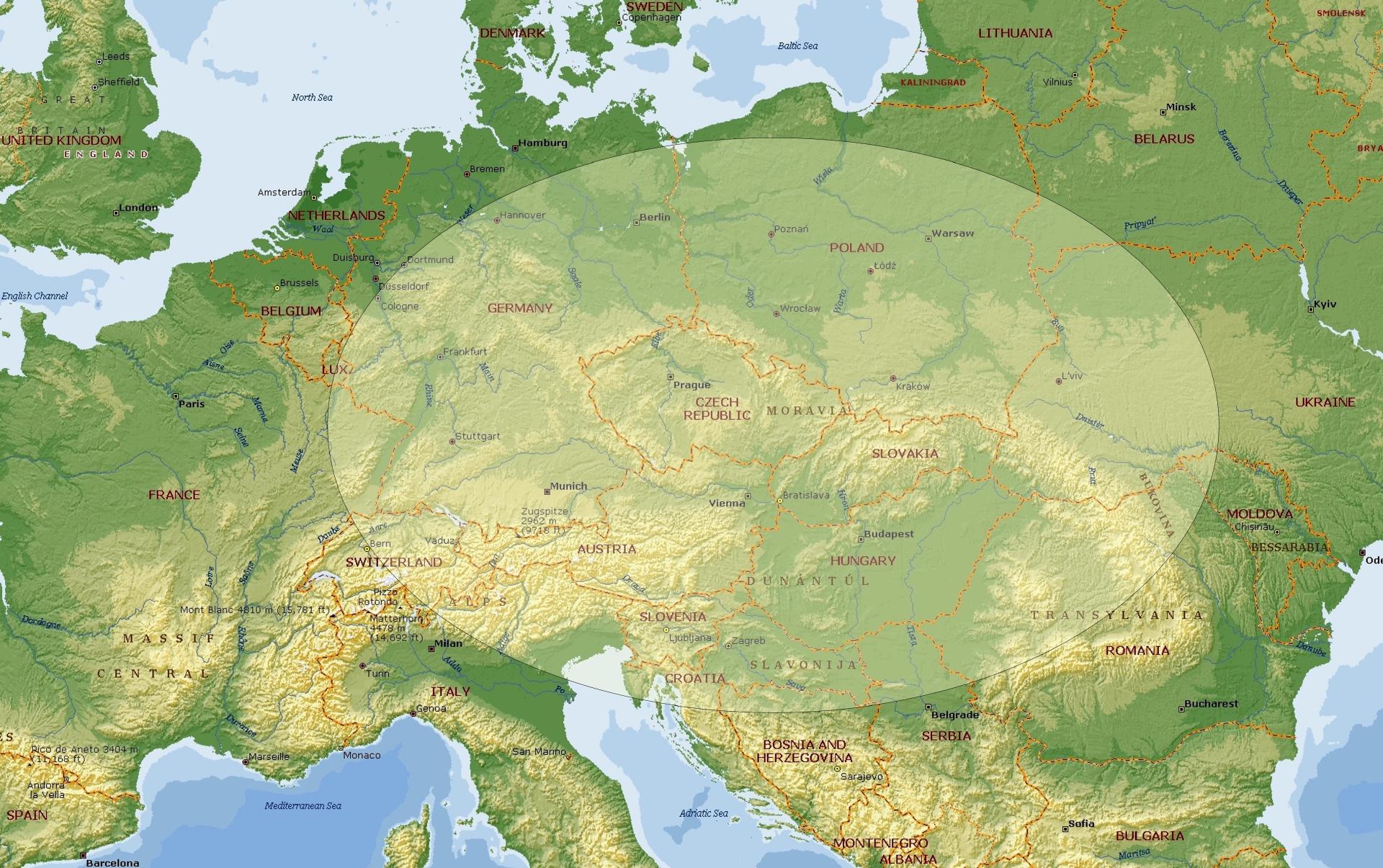
Figure 23. The area over which we record bolide observations (highlighted ellipse). We effectively cover most of central Europe, an area of about one million square kilometres.
| number | station | longitude | latitude | altitude (m) |
|---|---|---|---|---|
| 101 | Šindelová | 12.59666 | 50.31740 | 595 |
| 102 | Kunžak | 15.20093 | 49.10729 | 656 |
| 103 | Růžová | 14.28653 | 50.83411 | 348 |
| 104 | Churáňov | 13.61495 | 49.06843 | 1119 |
| 105 | Kocelovice | 13.83829 | 49.46724 | 525 |
| 106 | Frýdlant | 15.09047 | 50.91773 | 350 |
| 107 | Kuchařovice | 16.08593 | 48.88129 | 337 |
| 108 | Jičín | 15.34047 | 50.43439 | 279 |
| 109 | Svratouch | 16.03392 | 49.73511 | 736 |
| 110 | Polom | 16.32225 | 50.35015 | 748 |
| 111 | Přimda | 12.67807 | 49.66960 | 752 |
| 112 | Veselí nad Moravou | 17.36962 | 48.95412 | 176 |
| 114 | Červená hora | 17.54196 | 49.77726 | 749 |
| 116 | Lysá hora | 18.44764 | 49.54641 | 1324 |
| 120 | Ondřejov | 14.77994 | 49.91007 | 527 |
| 122 | Hurbanovo | 18.18960 | 47.87247 | 125 |
| 123 | Stará Lesná | 20.28830 | 49.15247 | 833 |
| 124 | Kolonice | 22.27371 | 48.93488 | 456 |
| 125 | Rimavská Sobota | 20.00511 | 48.37431 | 230 |
| 126 | Martinsberg | 15.12636 | 48.38147 | 872 |
| 127 | Tautenburg | 11.71061 | 50.98168 | 338 |
How digitization has changed our work is best documented by the number of recorded bolides – see Table 2. This table shows data for the last 10 years, when our stations were equipped only with digital cameras, and it is clear that multi-station bolides, i.e. those for which complete data on at least the atmospheric and heliocentric orbit can be obtained, average more than 1300 per year. This is as much in one year as in the entire existence of the network before its automation, i.e. in the first 40 years! However, the current capacity of our team does not allow us to process completely all these cases with our standard methods, and so a certain fraction, including mainly the very short and at the same time not very bright bolides, from which results that would not meet our high standards of reliability and quality can be expected, remains unprocessed for the time being. However, especially for the brighter and longer-duration ones, for which we have complete records from all kinds of instruments (i.e., not only photographic images but also video and radiometric and spectral records), we have such comprehensive data and at such resolution that they allow us to describe every bolide so recorded with such precision, extent and completeness as never before. An integral part of this experiment is our own, also significantly improved, calculation methods and newly developed means for complex processing and analysis of our data. However, we deliberately avoid completely automatic data processing, which, as we know from experience, on the one hand, cannot use the full potential of such experimentally heterogeneously obtained data and most importantly, cannot describe a given bolide with such reliability and accuracy as can be achieved by our methods. The overriding goal of our efforts throughout the existence of this unique experiment is not the quantity of data, but rather its quality, i.e., accuracy and completeness. And all this together clearly places this experiment not only in the past but also currently among the best in the world.
| Year | 2015 | 2016 | 2017 | 2018 | 2019 | 2020 | 2021 | 2022 | 2023 | 2024 | Total |
|---|---|---|---|---|---|---|---|---|---|---|---|
| Number of bolides | 1200 | 1252 | 1152 | 1409 | 1225 | 1495 | 1388 | 1442 | 1205 | 1467 | 13235 |
4. Other closely collaborating parts of the European fireball network
An important part of the European fireball network is currently the part that covers mainly the Benelux countries and is managed by colleagues from the Dutch Meteor Society (DMS). It is based on simpler instruments, but the principle of operation corresponds to the principles and standards of the central part of the network, which we manage directly.
The western part of the EN with stations in the Benelux countries started in 1978 with two stations in the Netherlands working with Canon AE-1 analogue cameras equipped with Canon f/5.6-7.5 mm lenses in Elsloo and Leiden. These stations were equipped with the older type of rotating sectors placed in front of the camera lenses, operating at a speed of 8.33 revolutions per second. The network was set up and operated by colleagues from DMS.
Since the beginning of the digital era, the network has expanded rapidly. At the beginning of 2025, the network is operating with 15 stations and two more are in the pipeline. The station locations are shown in Figure 24. The stations in the Western European part of the network use significantly simpler cameras (see Figure 25) than, for example, the DAFO in the central part of the network, but the imaging technology is the same or very similar. These cameras are also equipped with a full-format Canon EOS 6D camera with a Sigma f/3.5-8 mm fisheye lens and an LC-Tec FOS electronic sector operating at 16 interrupts per second with a one-second mark on the full second. Overall, this camera is considerably smaller, which is due, for example, to the fact that it is actually just the imaging part, the control computer and other components have to be located separately, usually inside the observing station. These cameras also do not provide completely continuous sky viewing (they only have one imaging system, unlike DAFOs), as they do not expose during the readout of the image taken, so some information may be lost if the bolide is flying at the time of the readout. In addition, the image quality is also different in that while DAFO cameras image the sky directly (the lenses are uncovered during exposure), these cameras have the lenses permanently under transparent domes, which reduces the image quality especially for bolide that are relatively close to the horizon for that camera. The Canon cameras are controlled by software provided by the Astronomical Institute of the CAS and the images are directly uploaded to the central server of the European fireball network in Ondřejov. Two stations are equipped with Zeiss Distagon f/2.8-15 mm lenses with built-in gratings as spectrographs located in Dwingeloo and Utrecht, with another one planned in Woold. In addition, a high-speed photometer identical to that used in the DAFO cameras for recording bolide light curves combined with the all-sky video camera (ADJ) of the Astronomical Institute of the CAS is in operation at the Zdeněk Ceplecha Meteor Observatory in Woold from April 2023 (see Figure 26), and another one is planned from spring 2025 at the Dourbes station near the French border. Thus, all bright bolide events recorded in the western part of the network should have standard quality photometric data as in the central part of the network. This is essential not only for more accurate and reliable determination of bolide brightness and initial mass, but also for determining other important physical parameters of meteoroids’ passage through the atmosphere and modelling their fragmentation history.
In addition, there are plans to further expand this part of the European fireball network towards the Central European part so that the two parts of the EN are better connected, which will increase multi-station bolide counts between the Western and Central European parts of the network. In addition, the two recently established stations in the Belgian Ardennes also cover a large part of the northern half of the French territory, which means another significant expansion. For pre-processing, DMS is licensed by colleagues at ASU CAS to use their FishScan and FIRBAL software. Preliminary reduction is performed by DMS, and final analysis of the interesting multi-station bolide data is performed in Ondřejov.
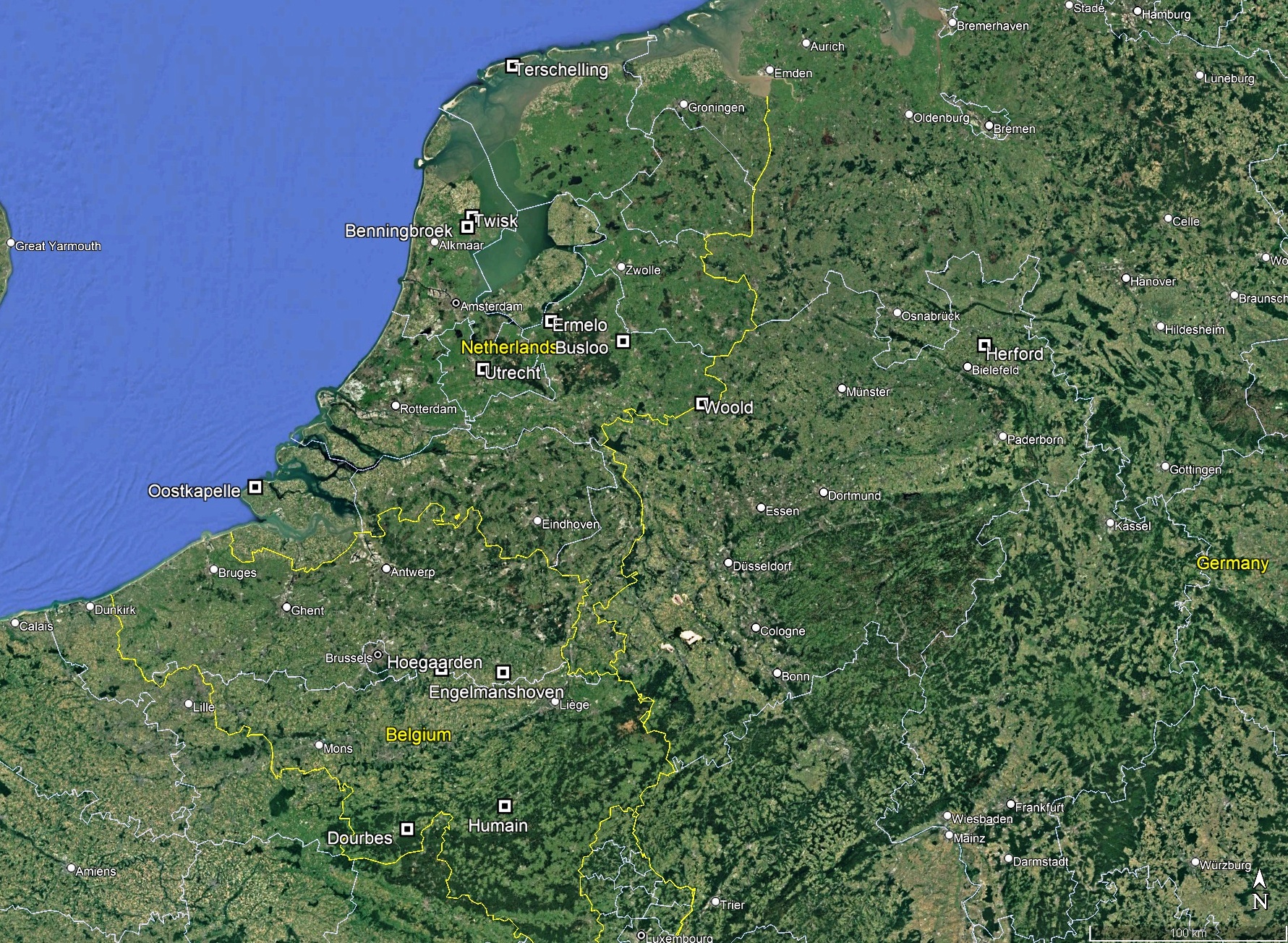
Figure 24. Map of stations in the Western European part of the European fireball network. Individual stations in the Netherlands, Belgium and also Germany are marked with white squares with a black center.
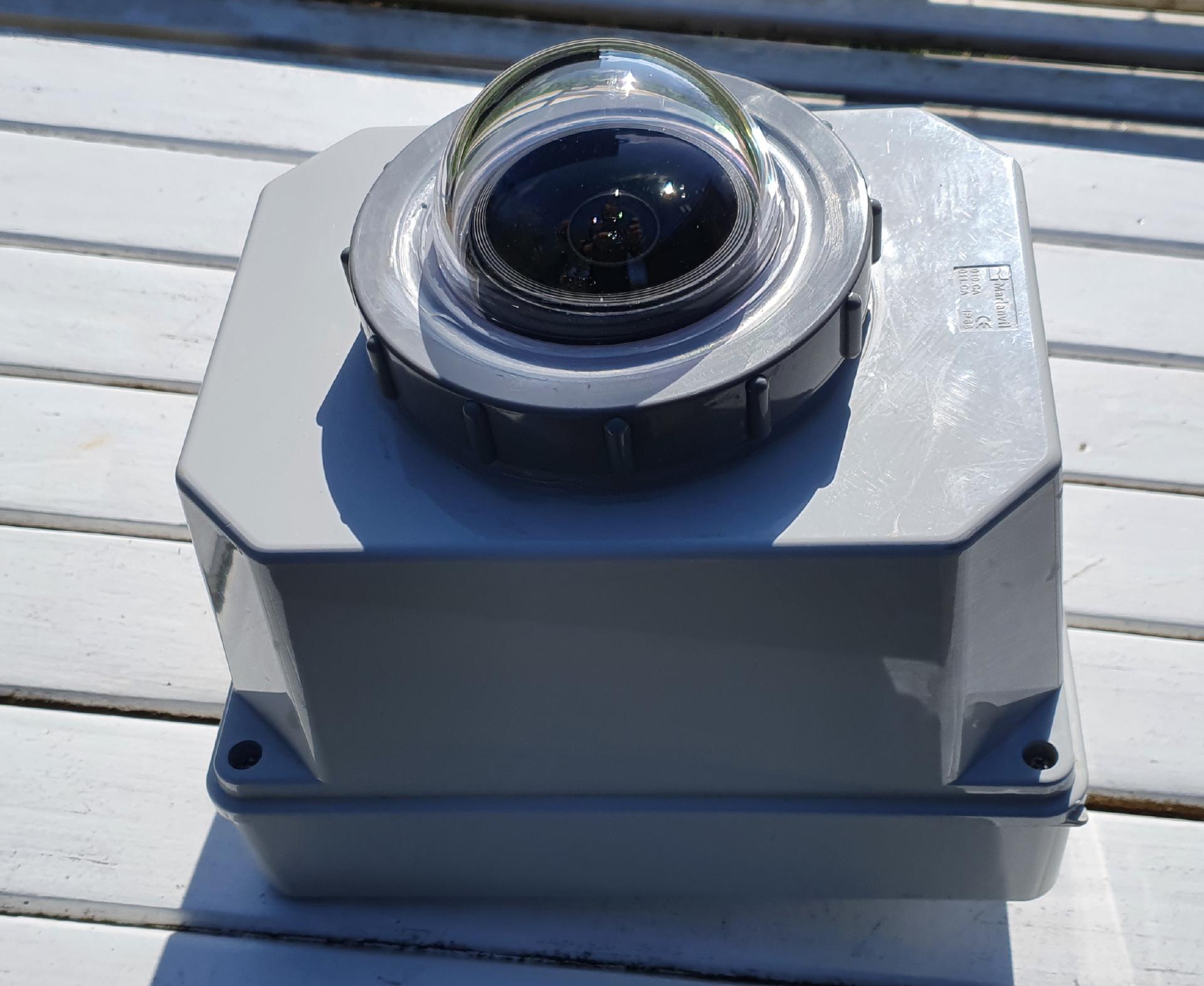
Figure 25. All-sky digital camera used at stations in the Western European part of the European fireball network.
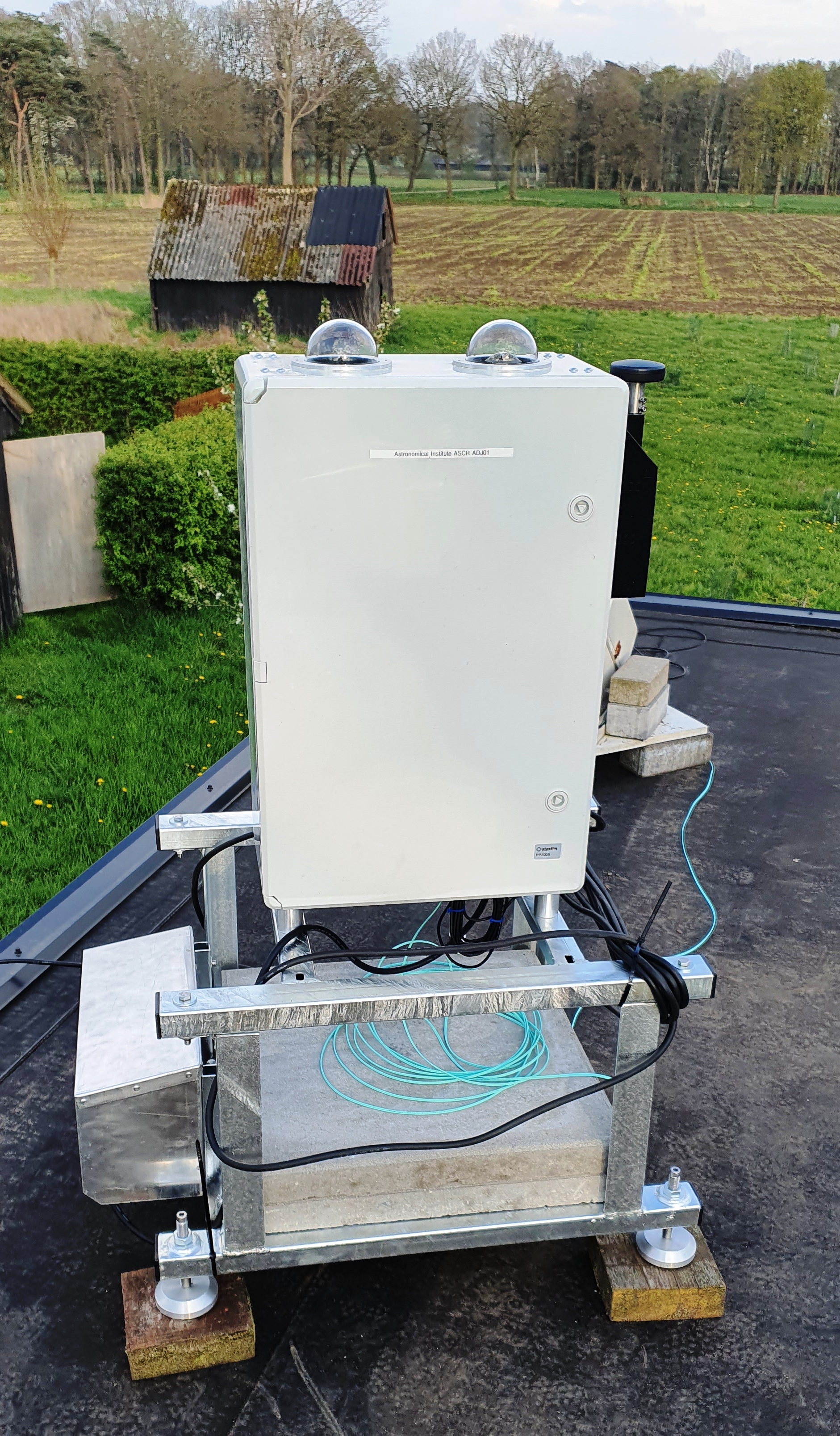
Figure 26. Autonomous brightness detector combined with an all-sky video camera (ADJ) at the Zdeněk Ceplecha Meteor Observatory in Woold (The Netherlands).